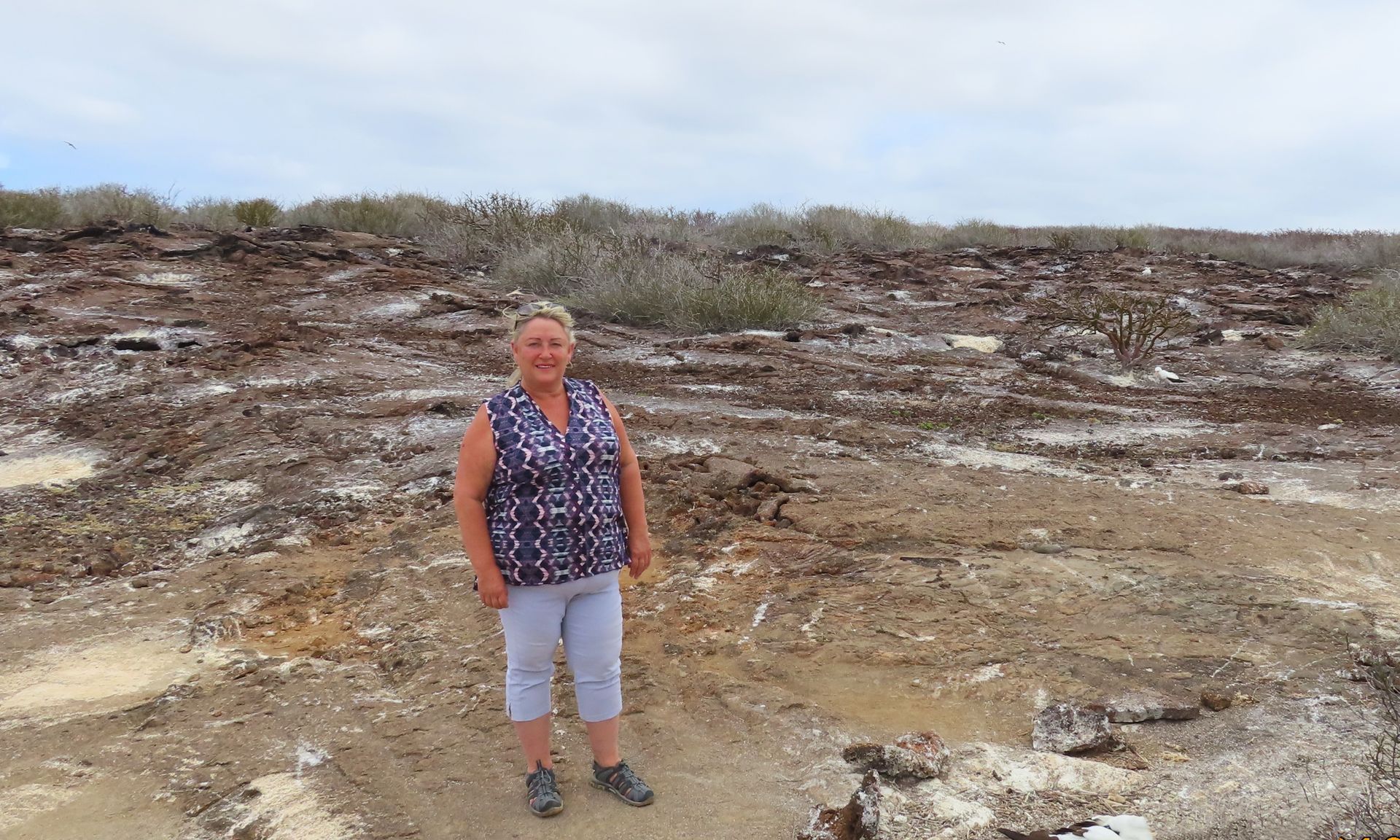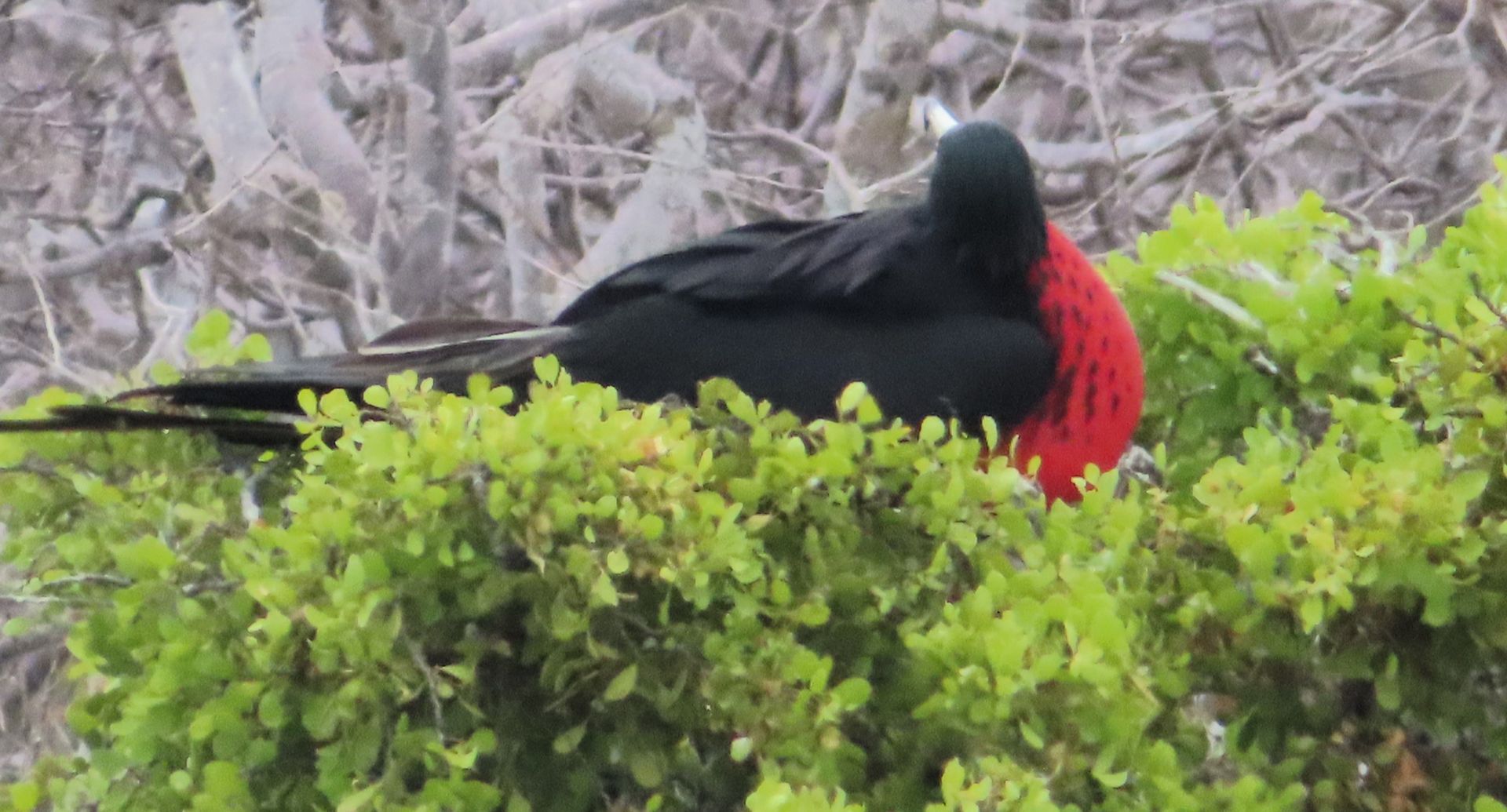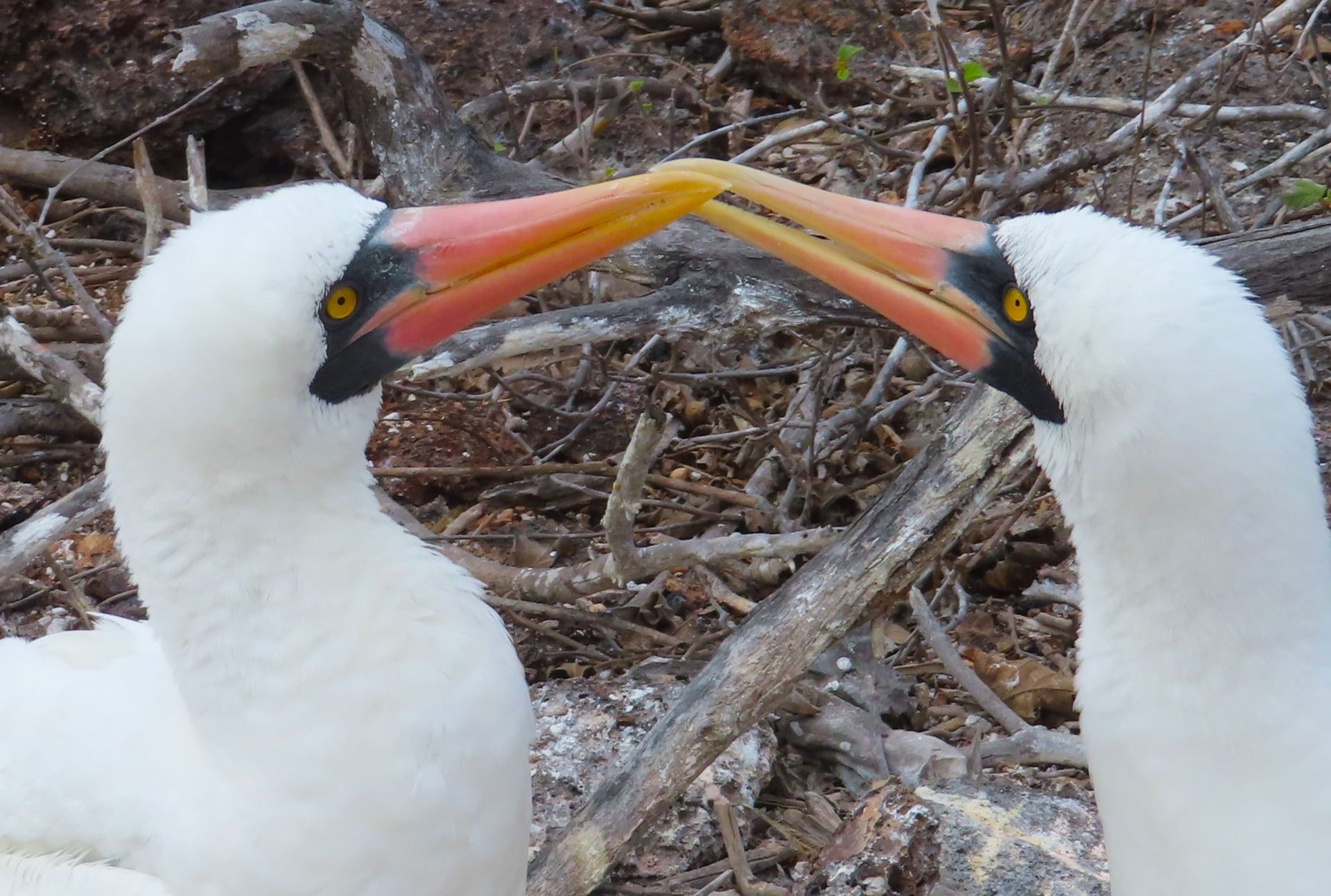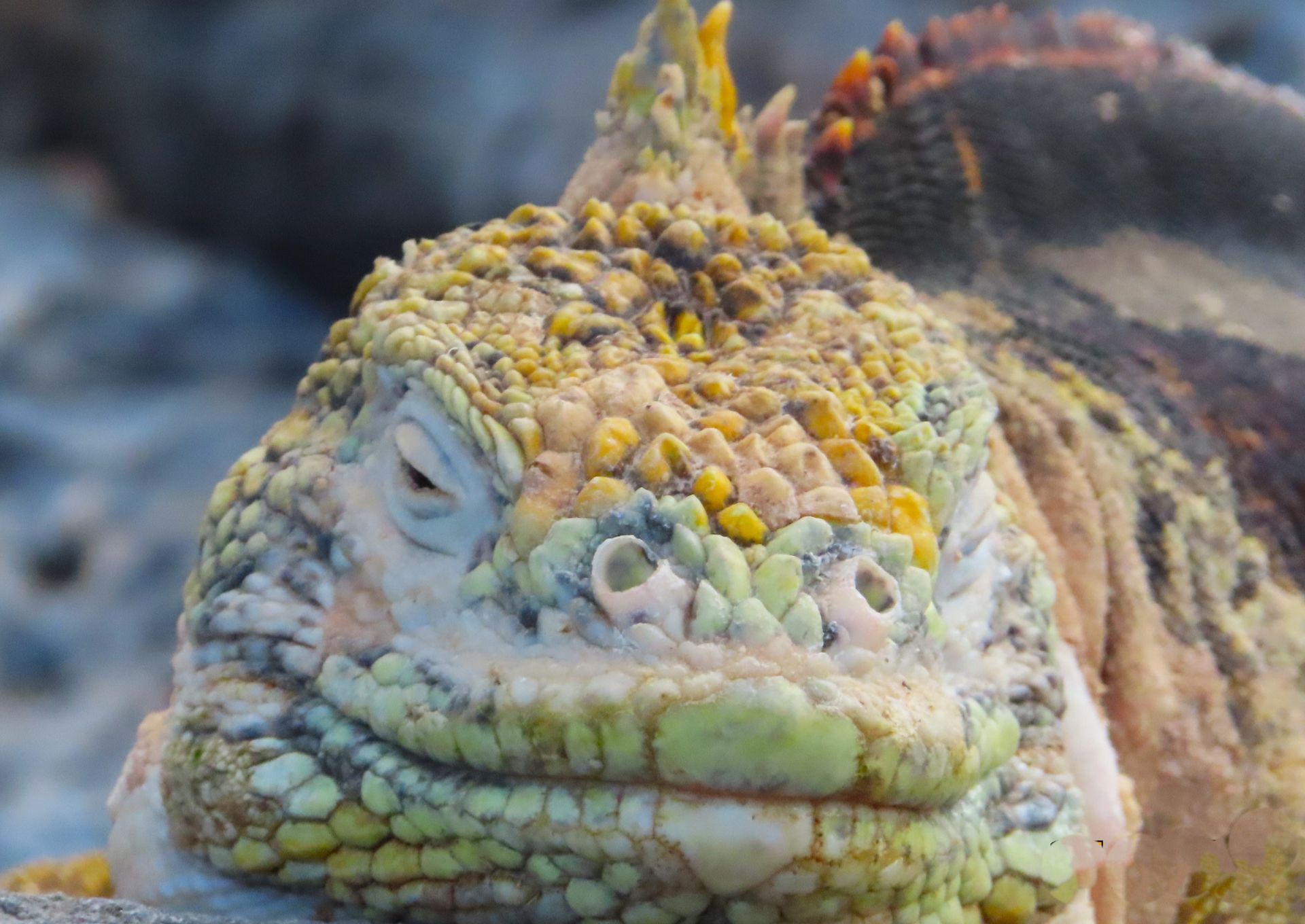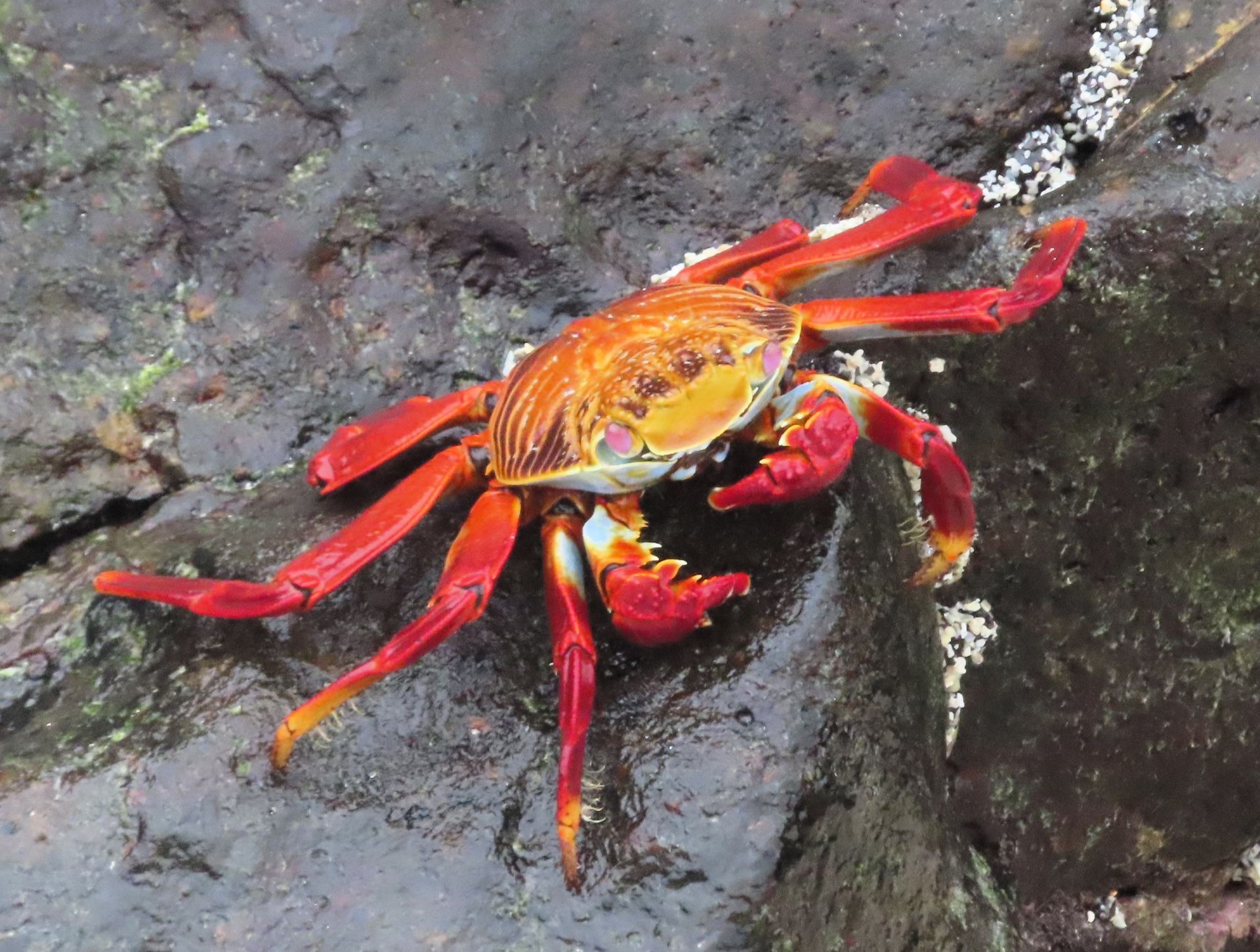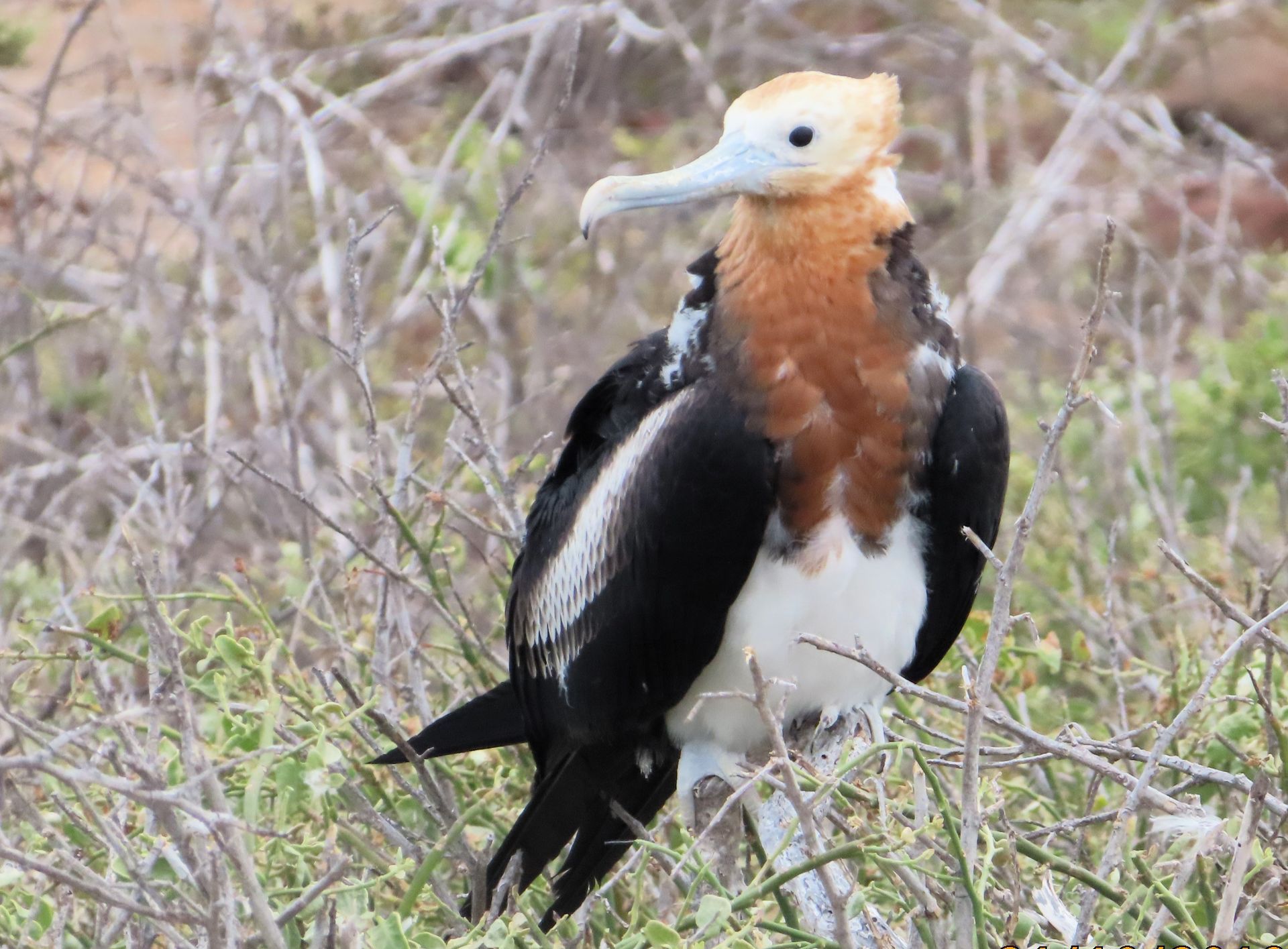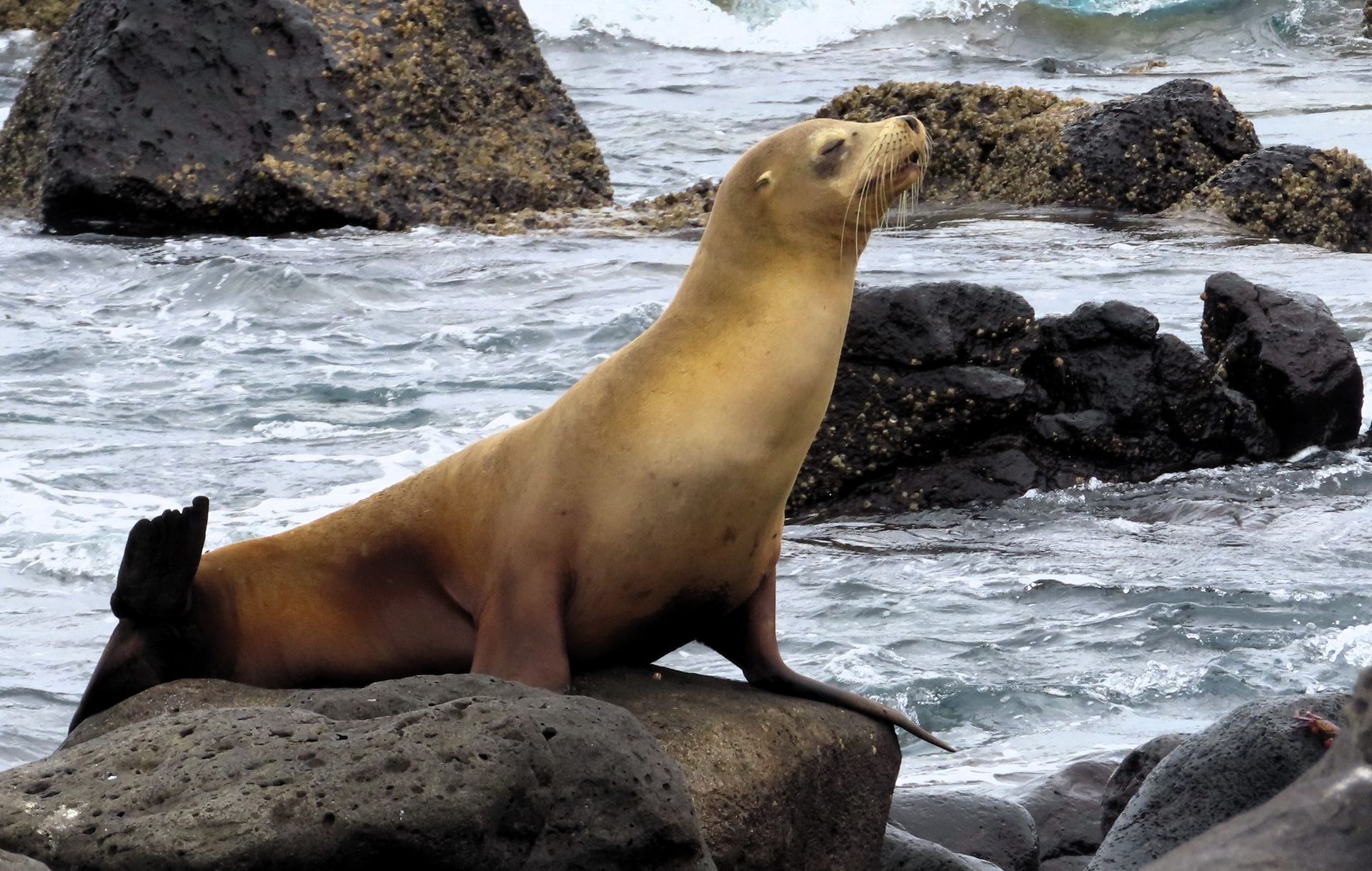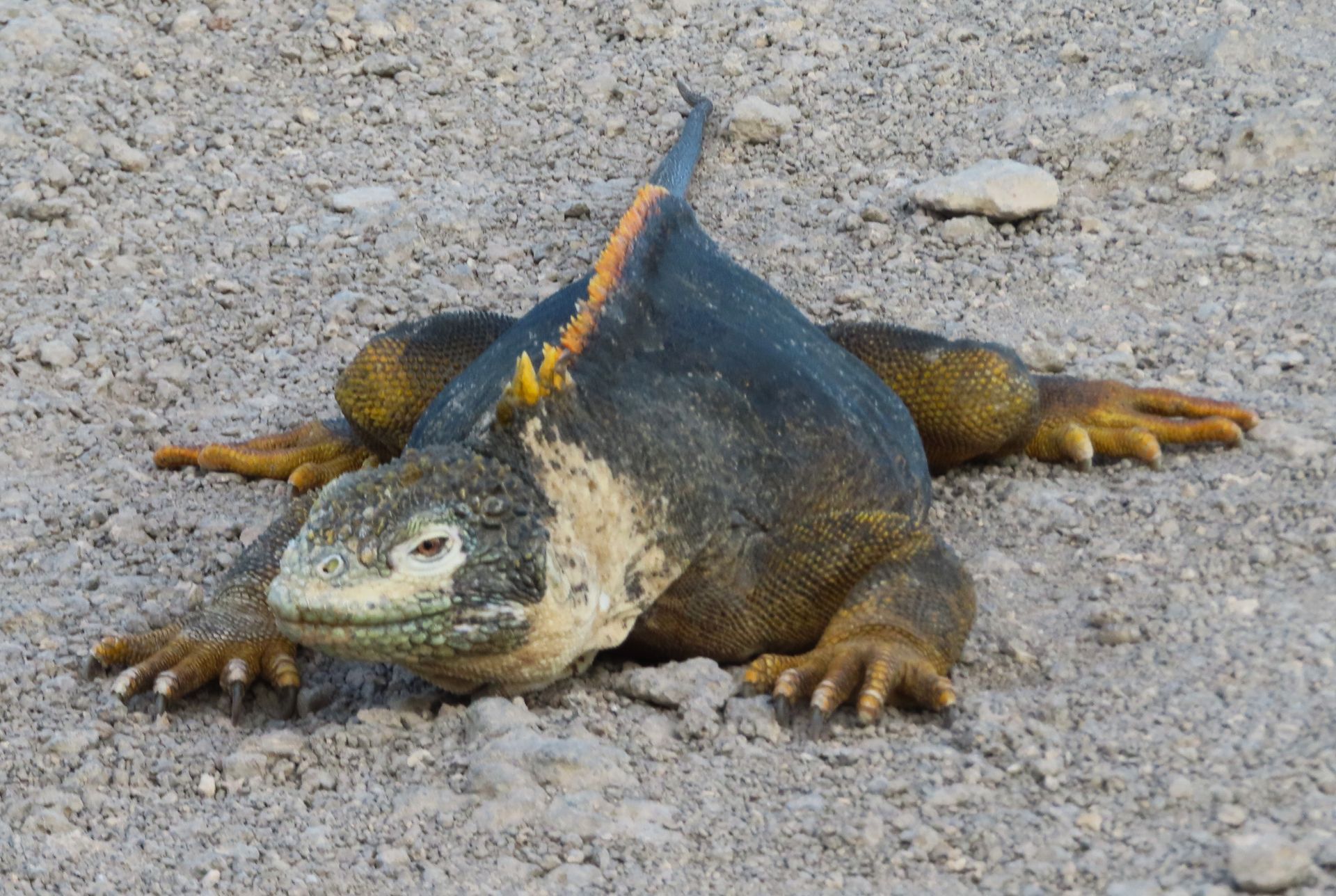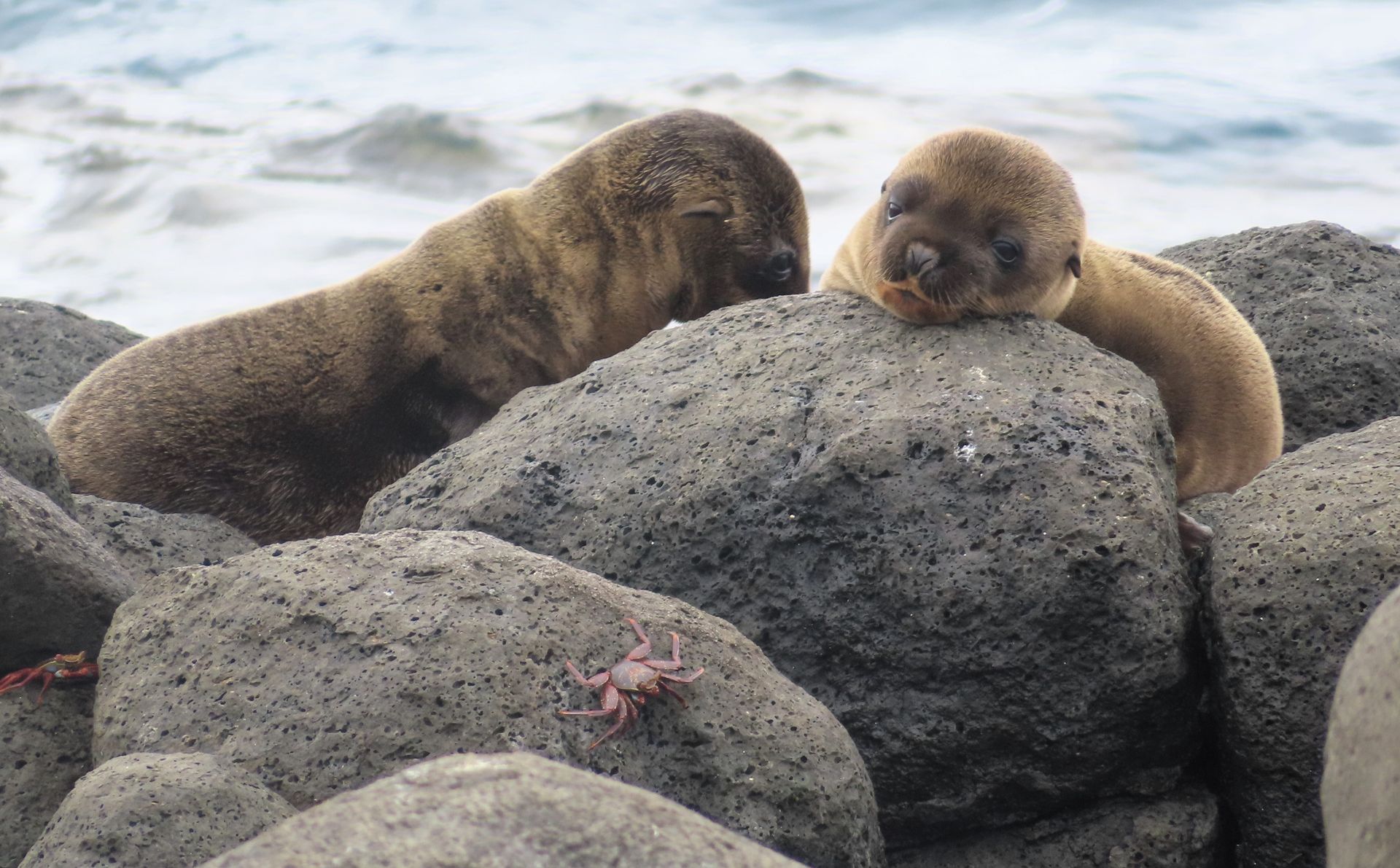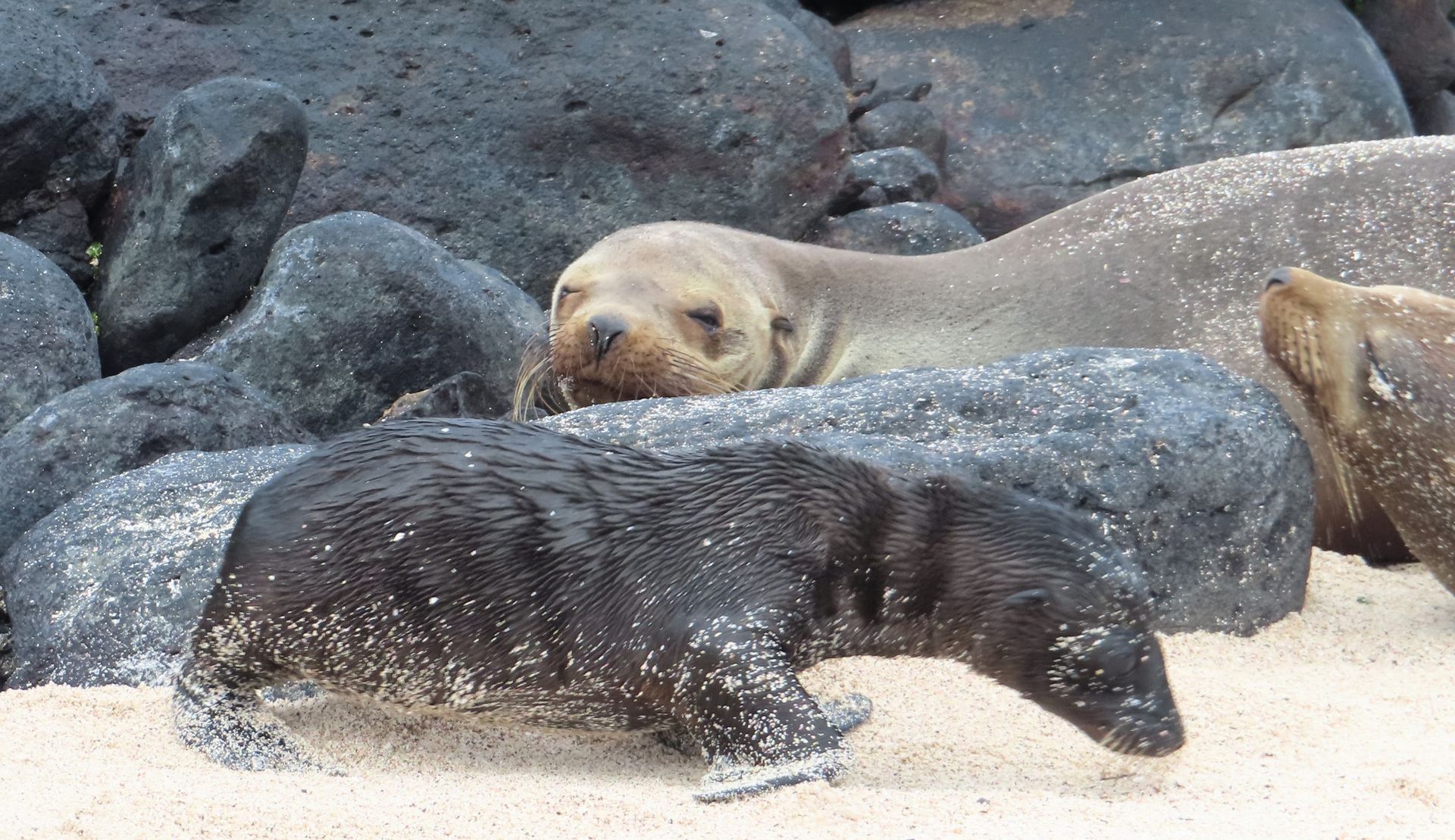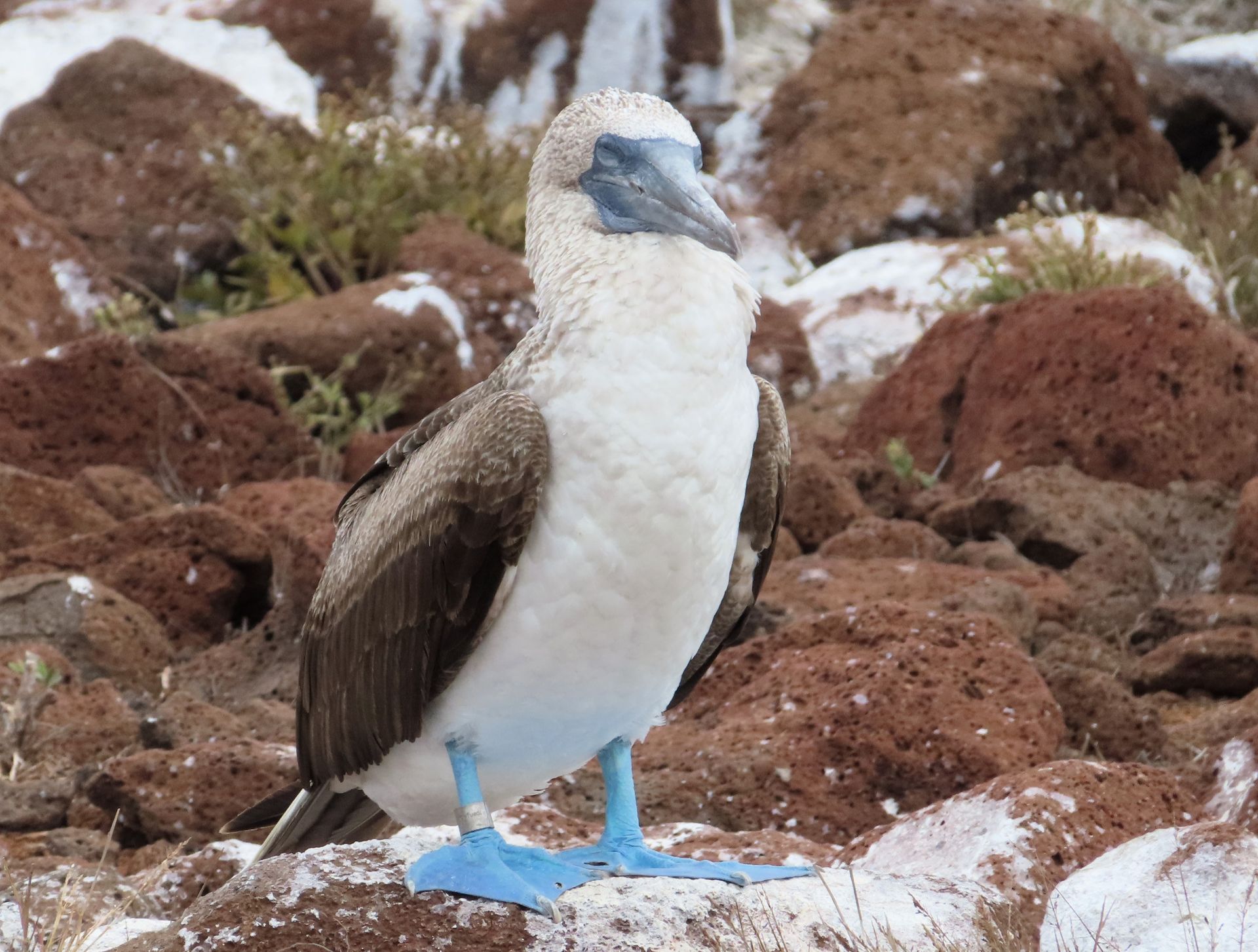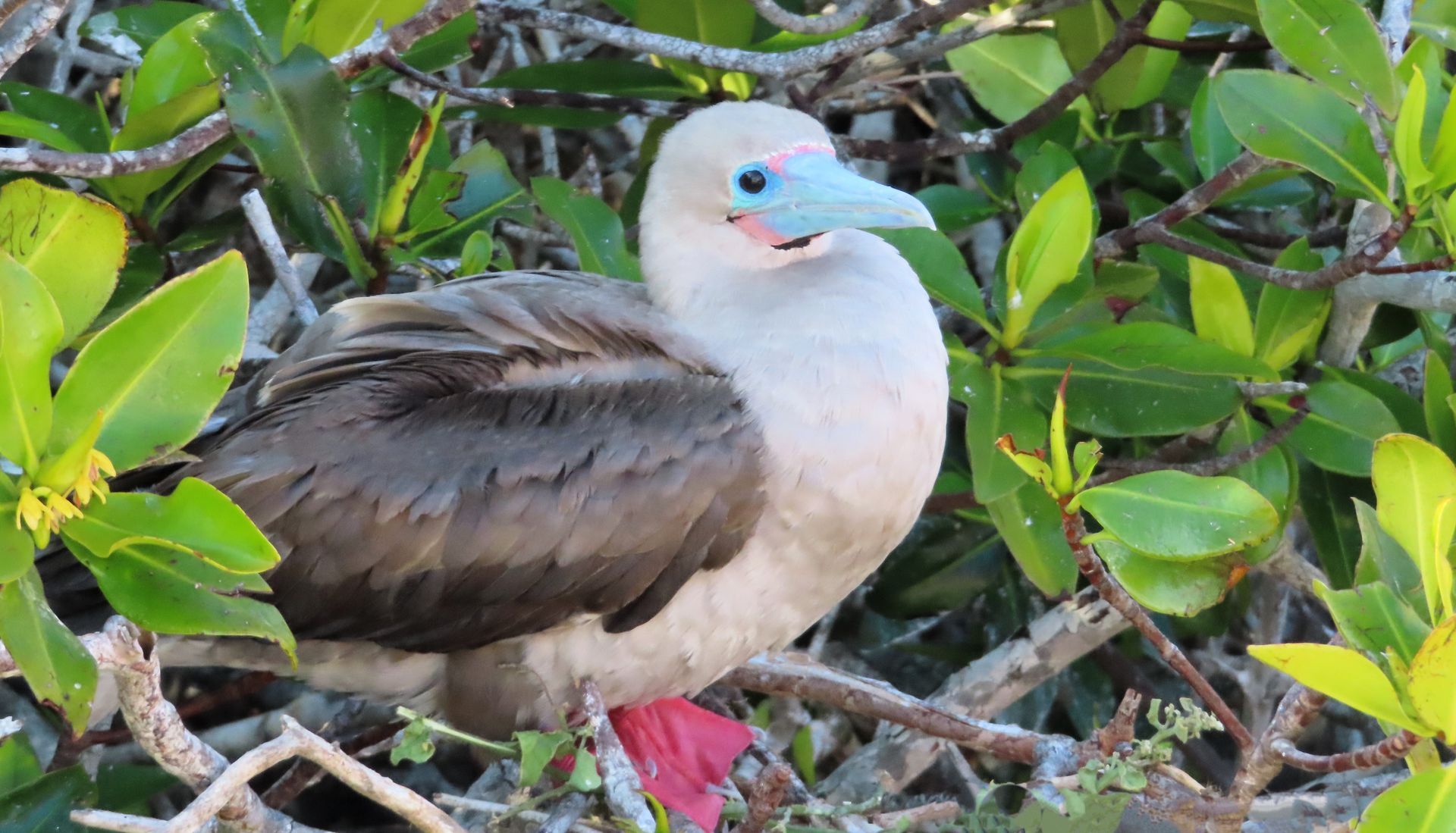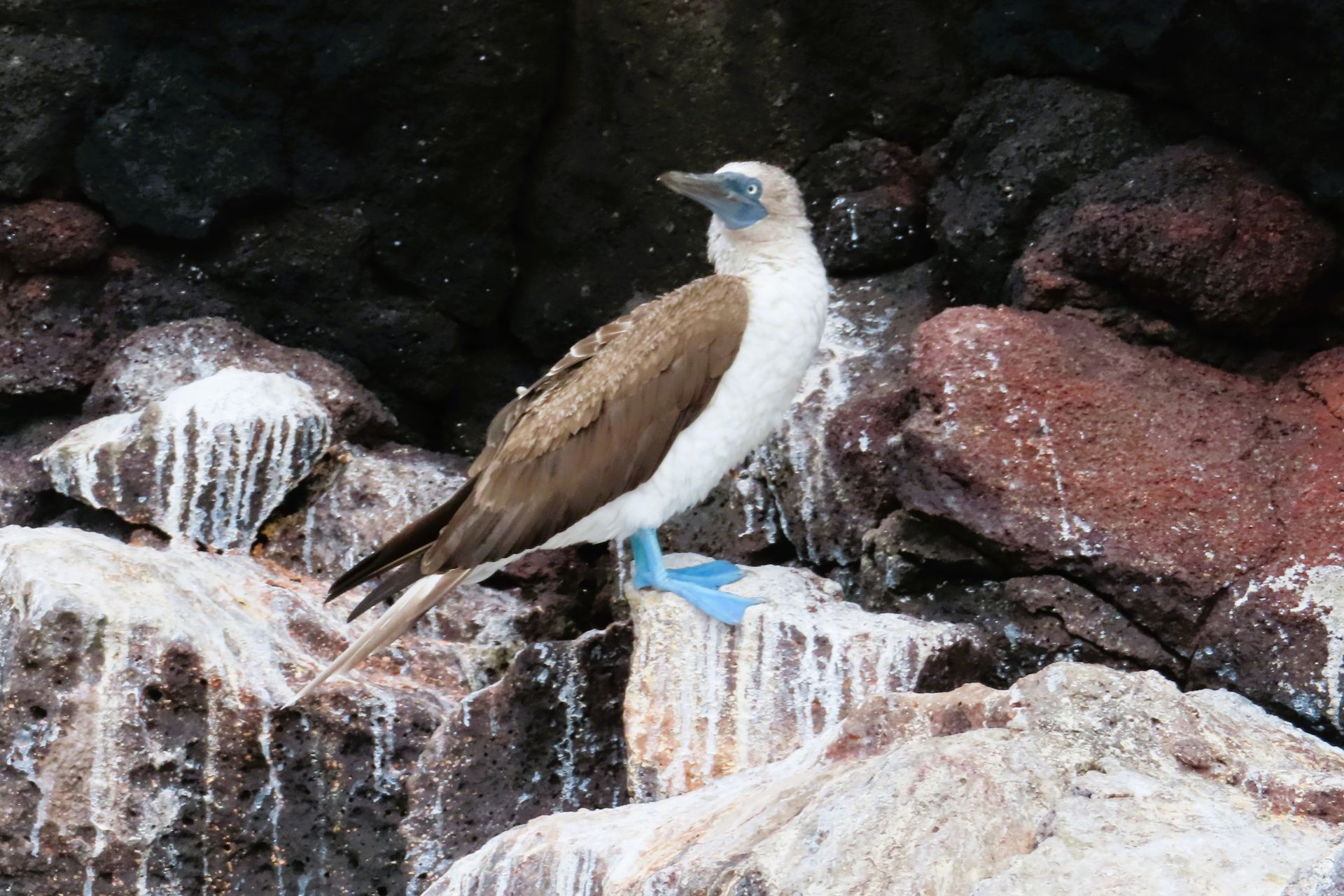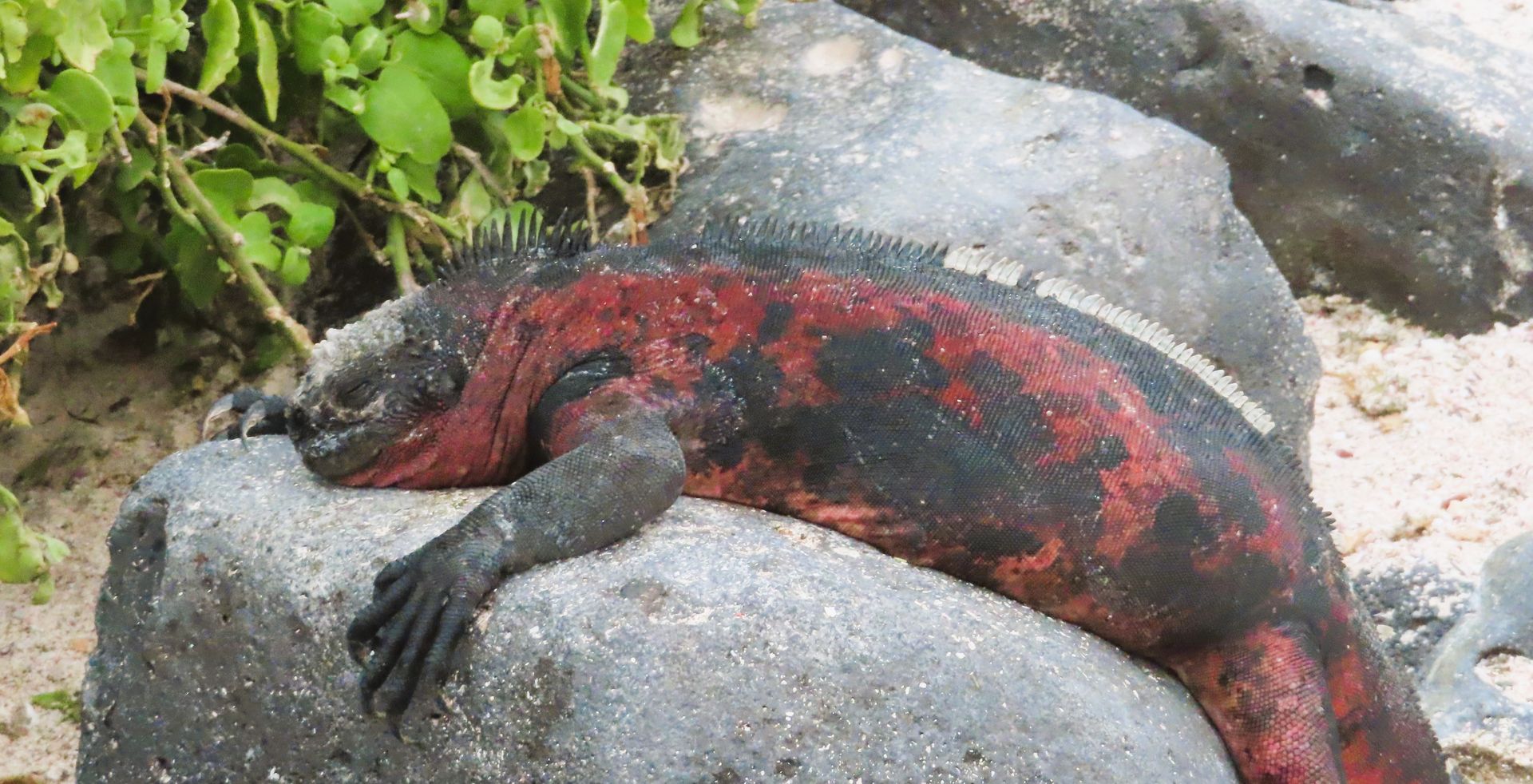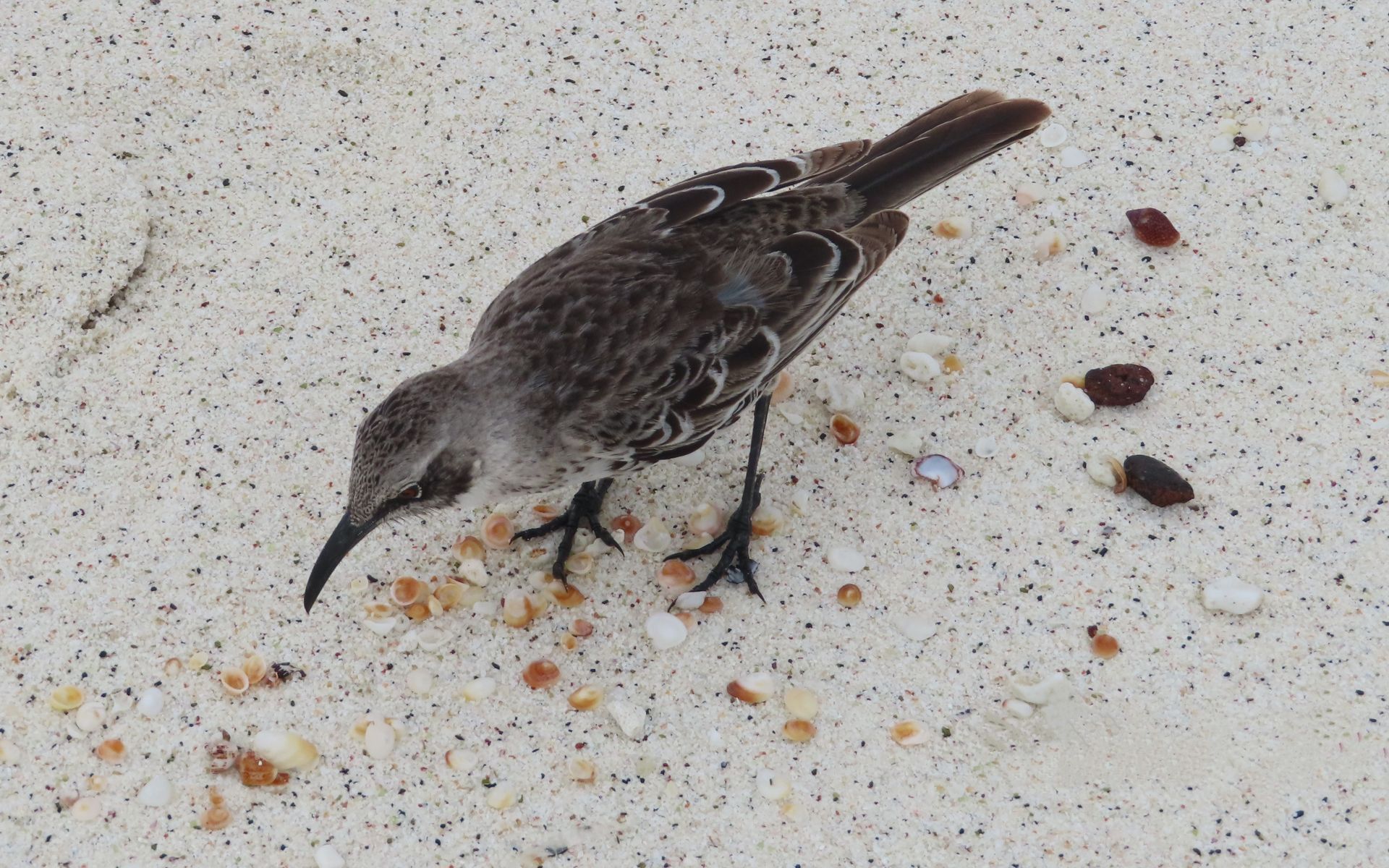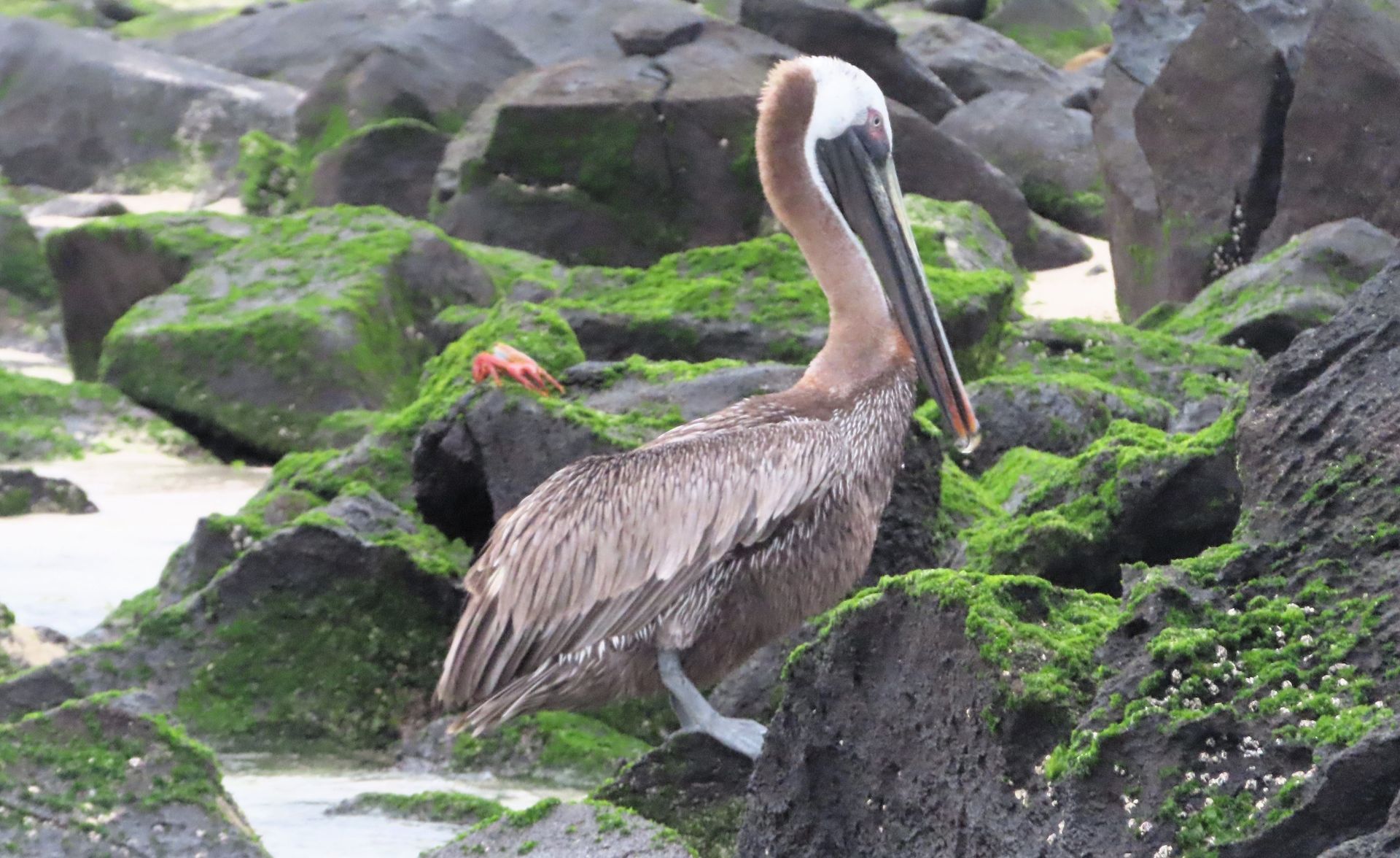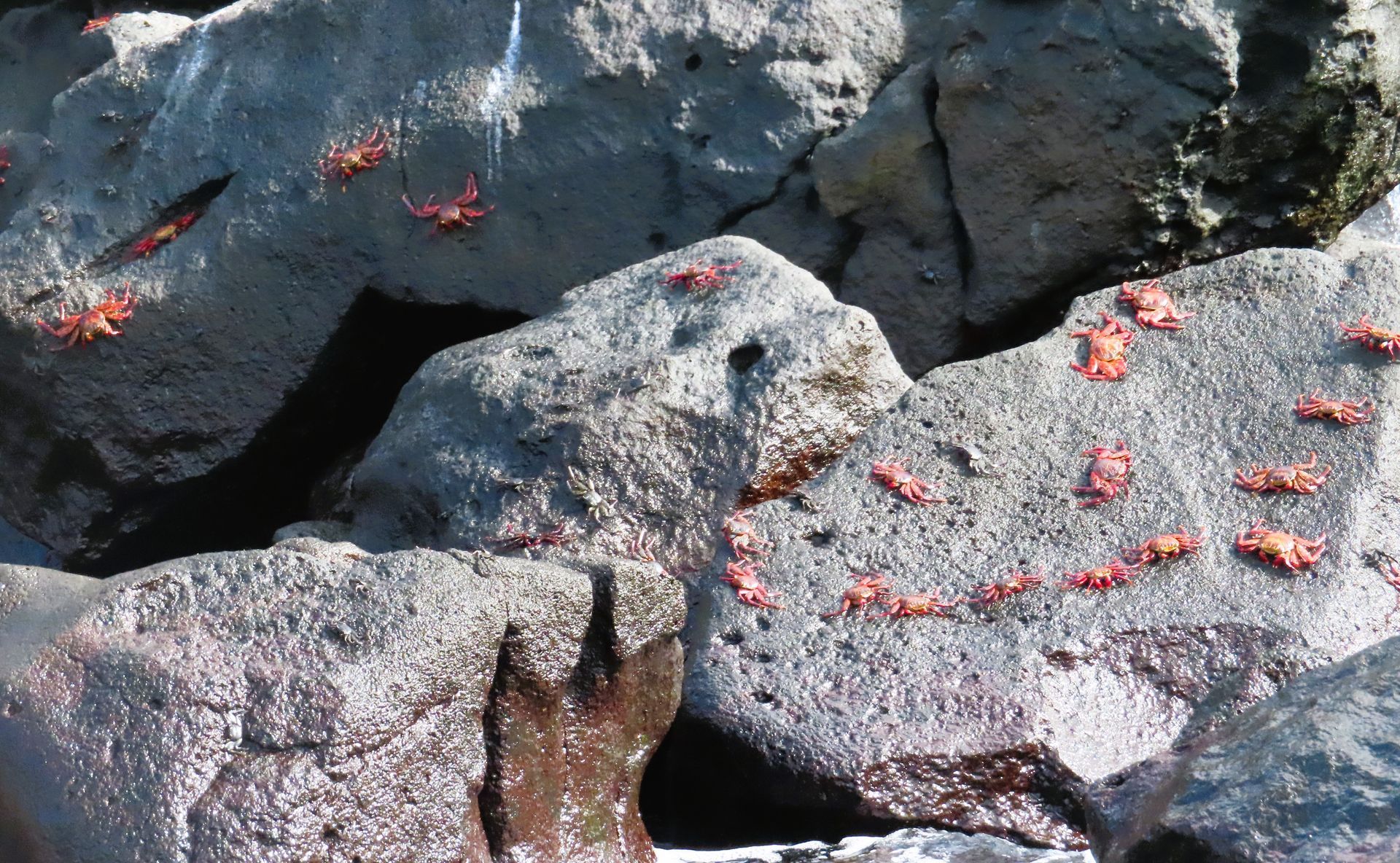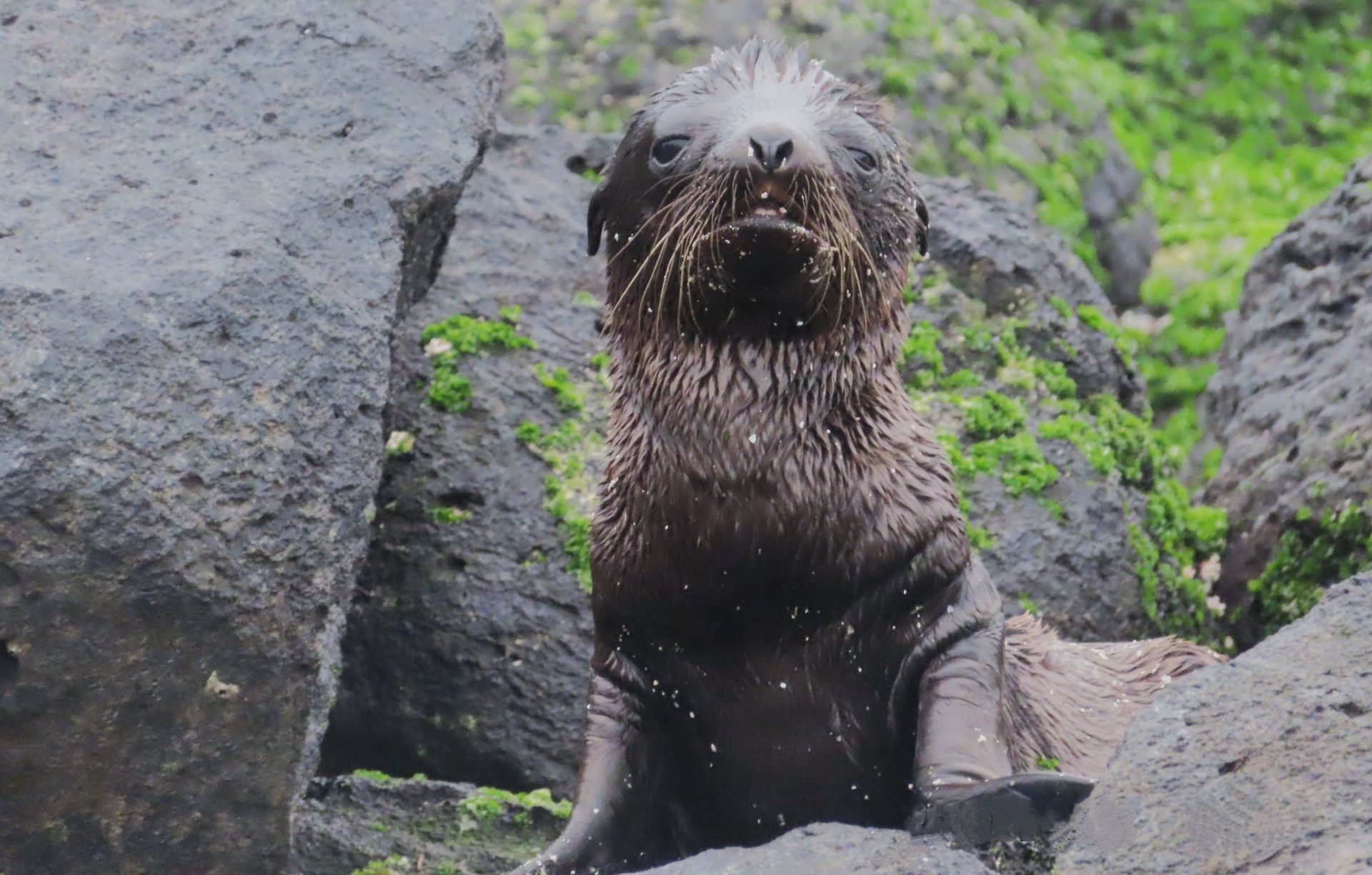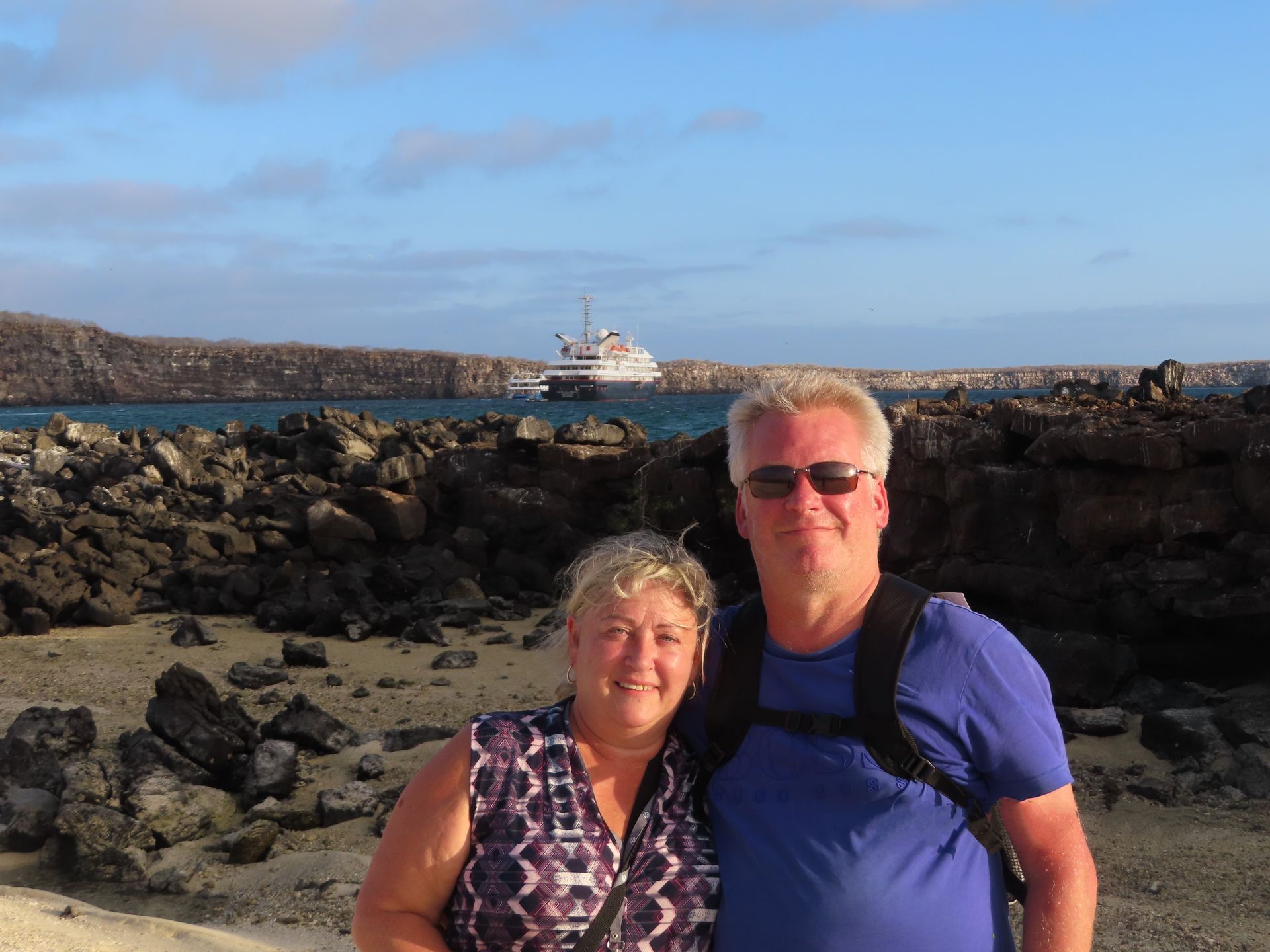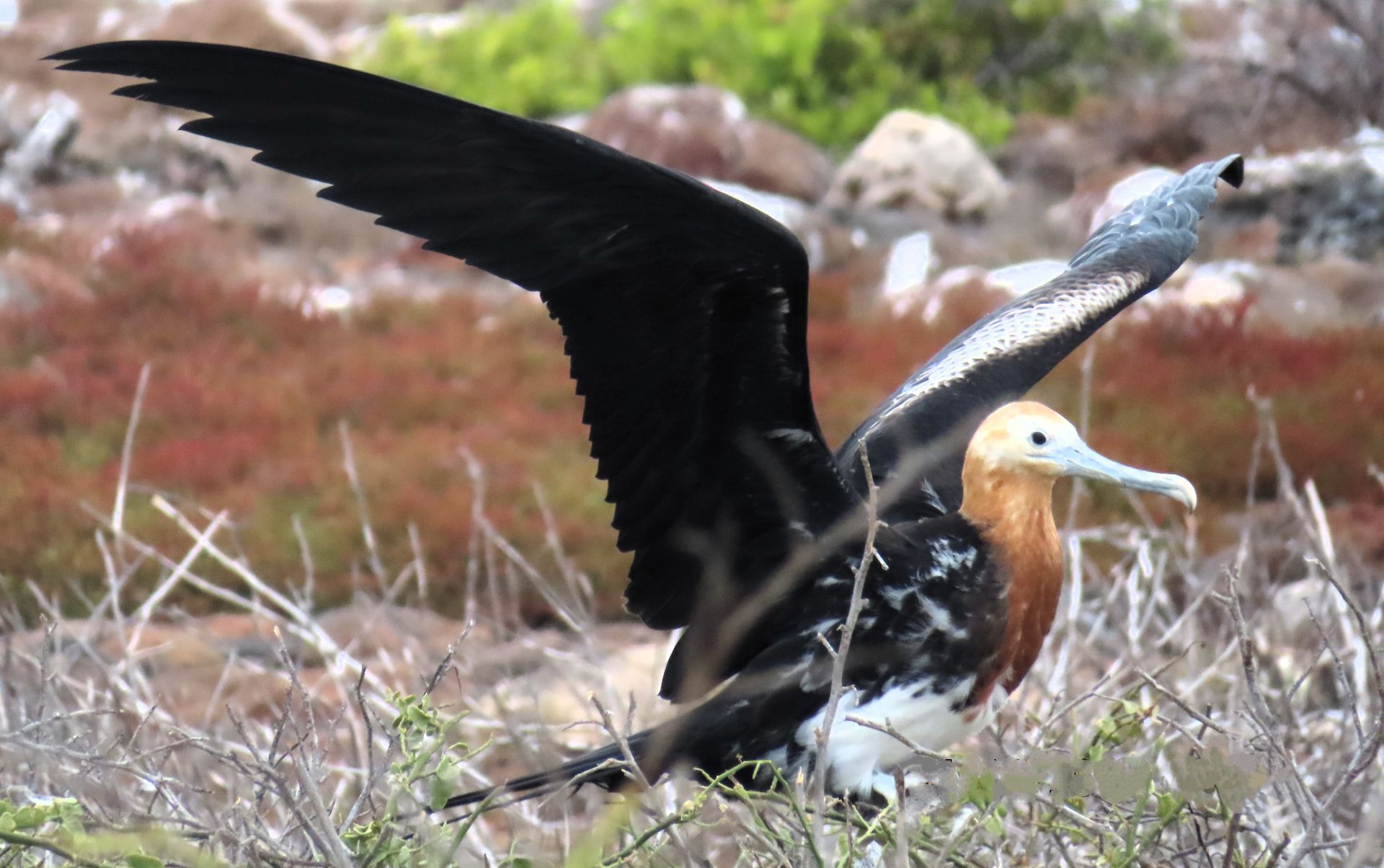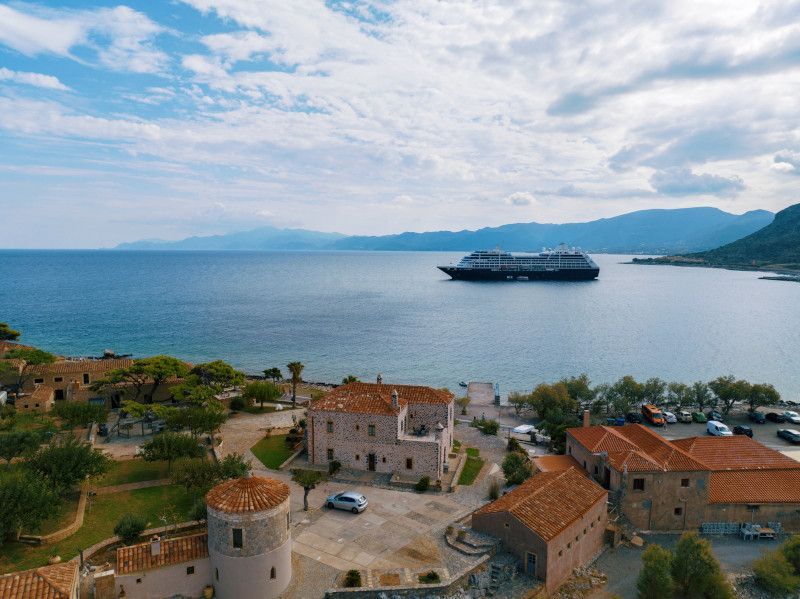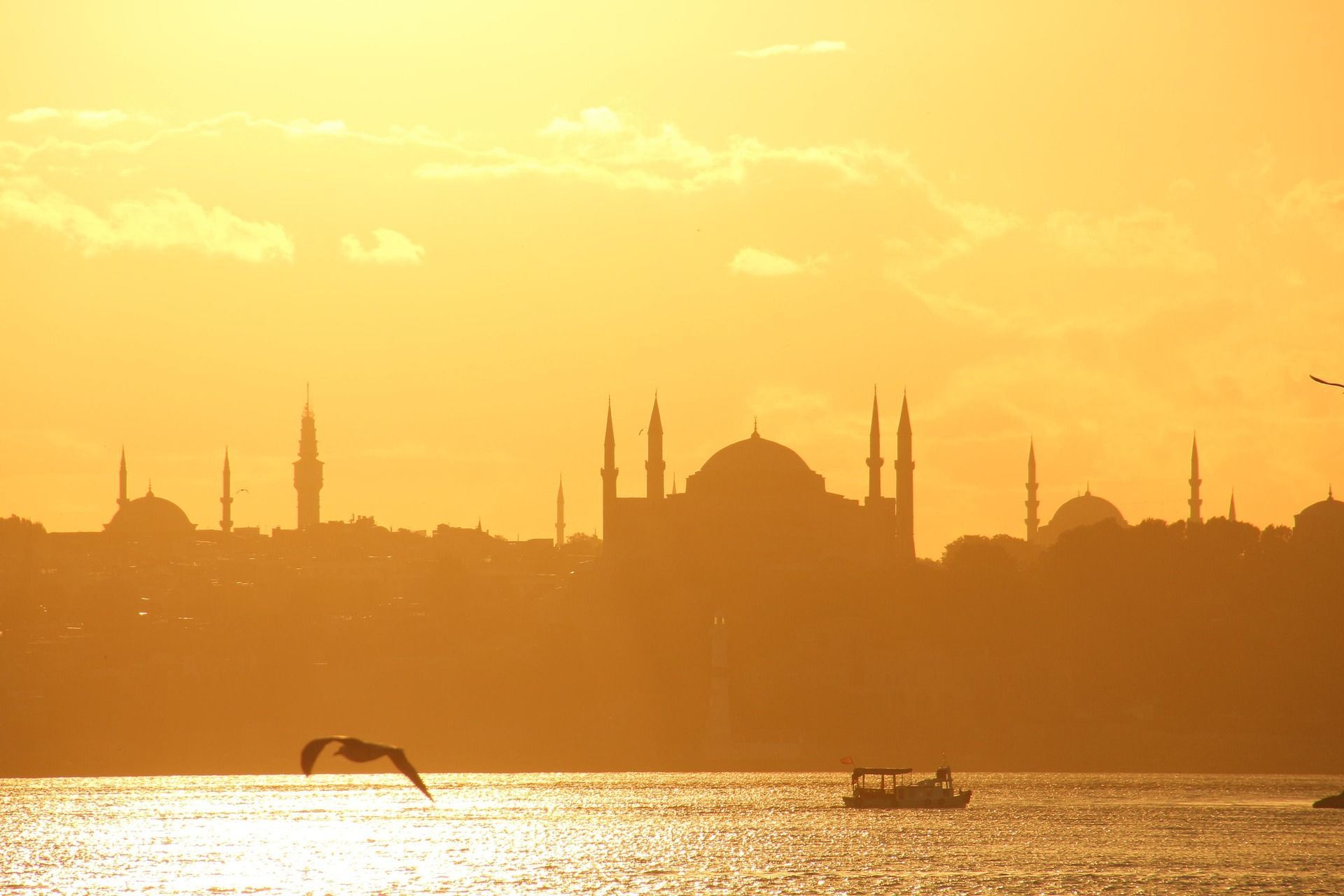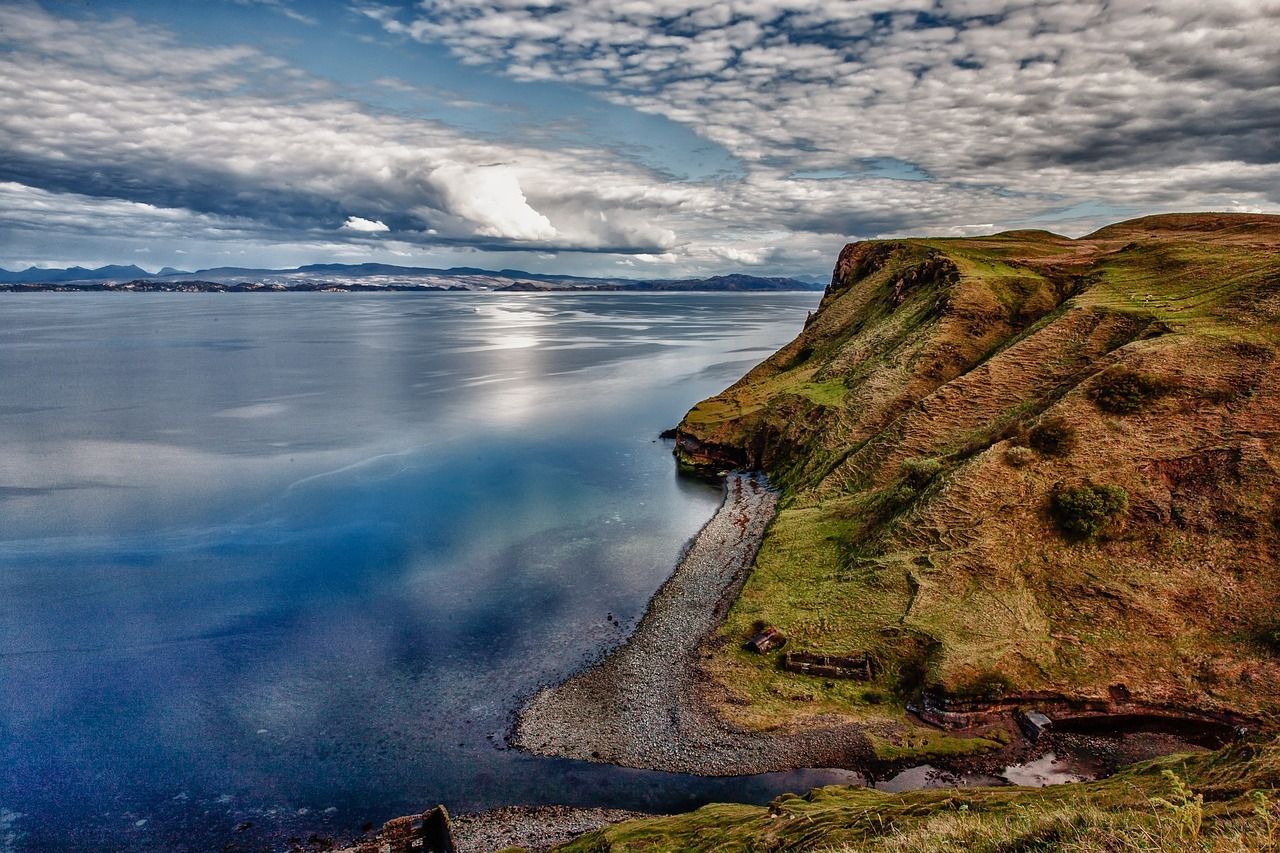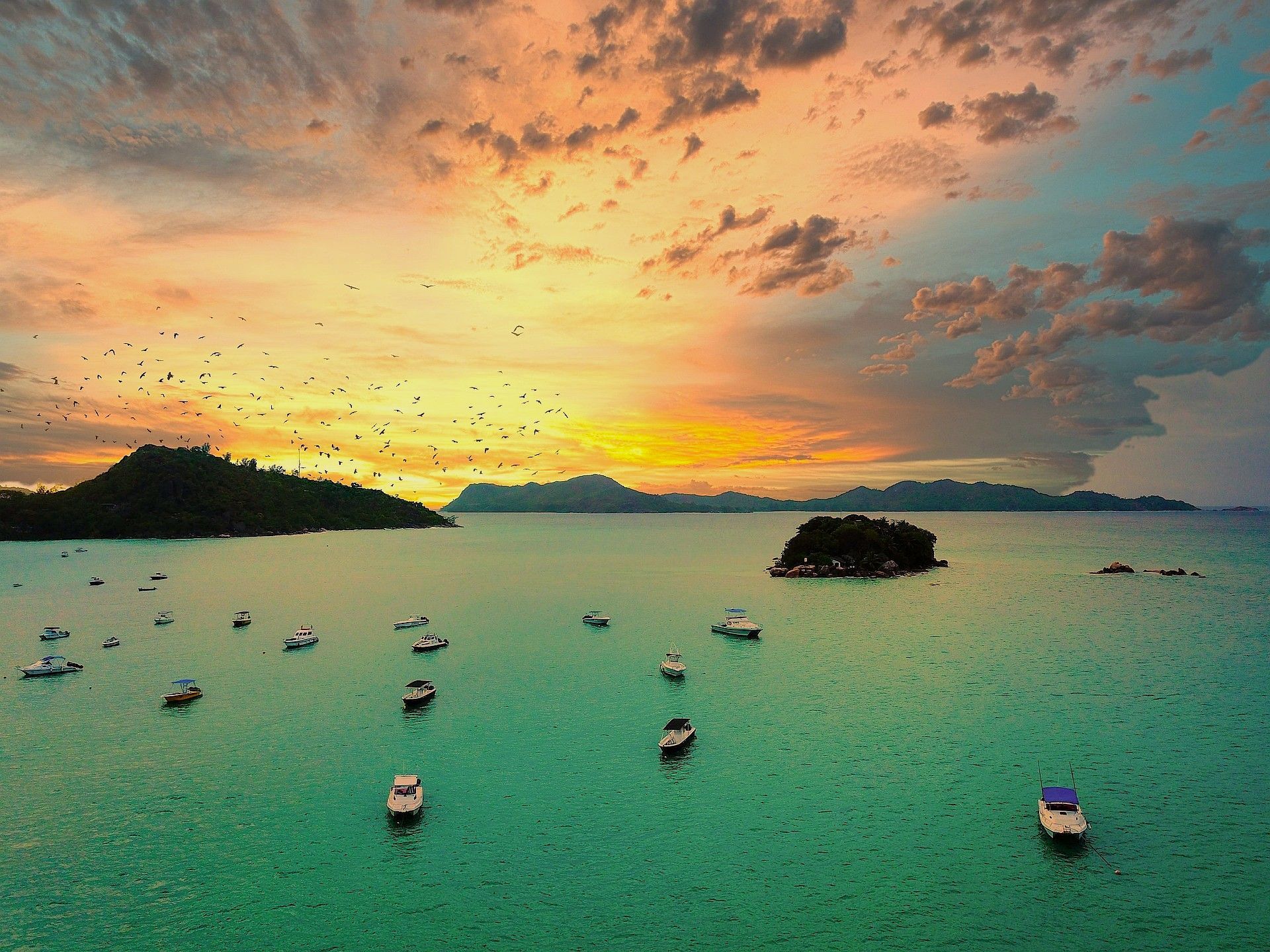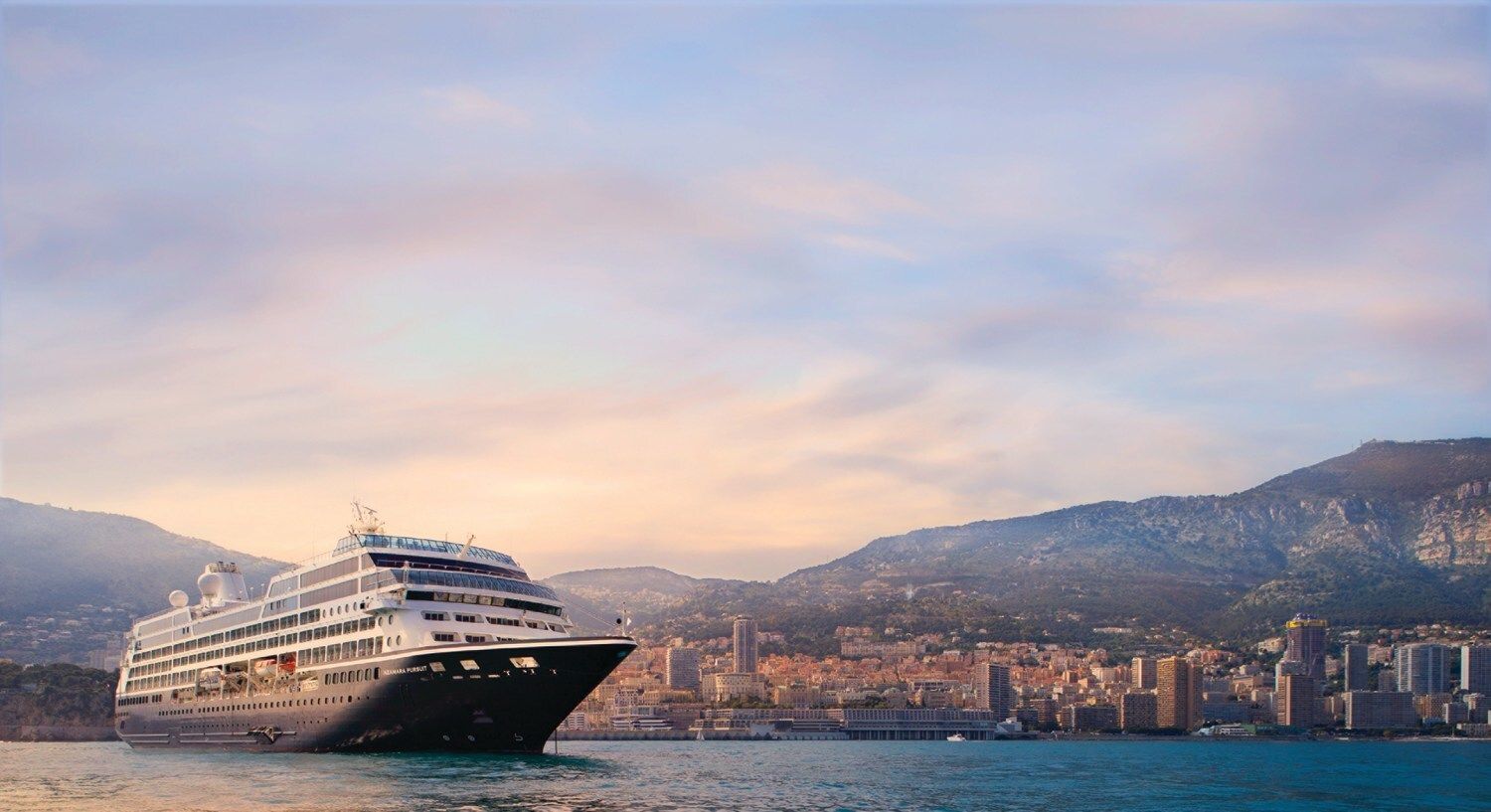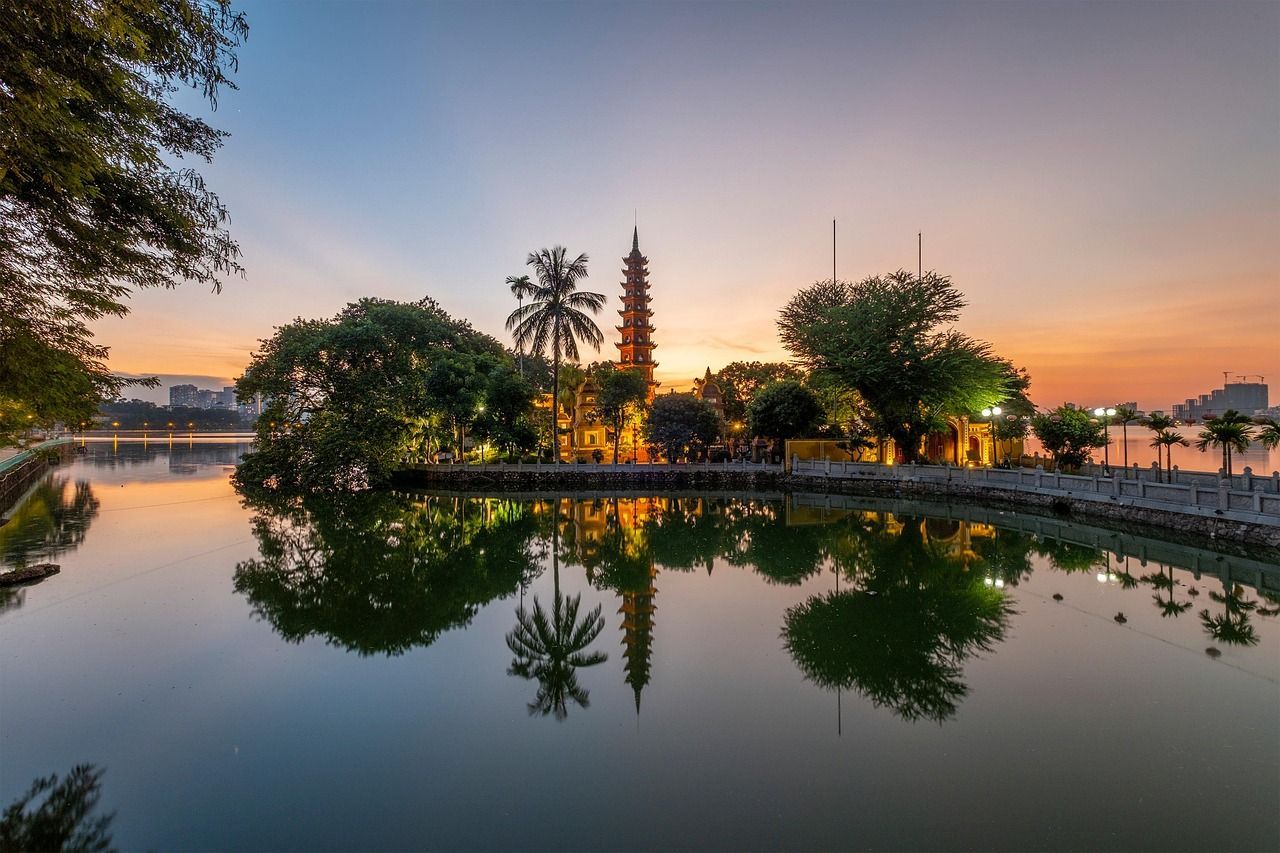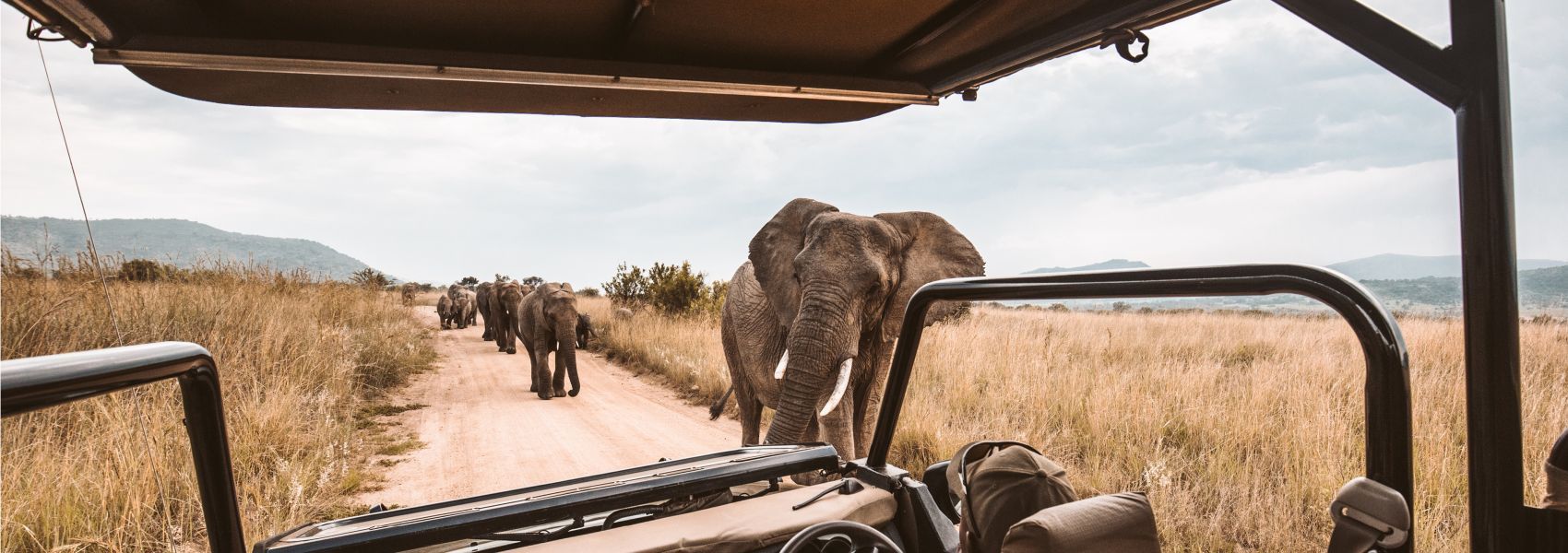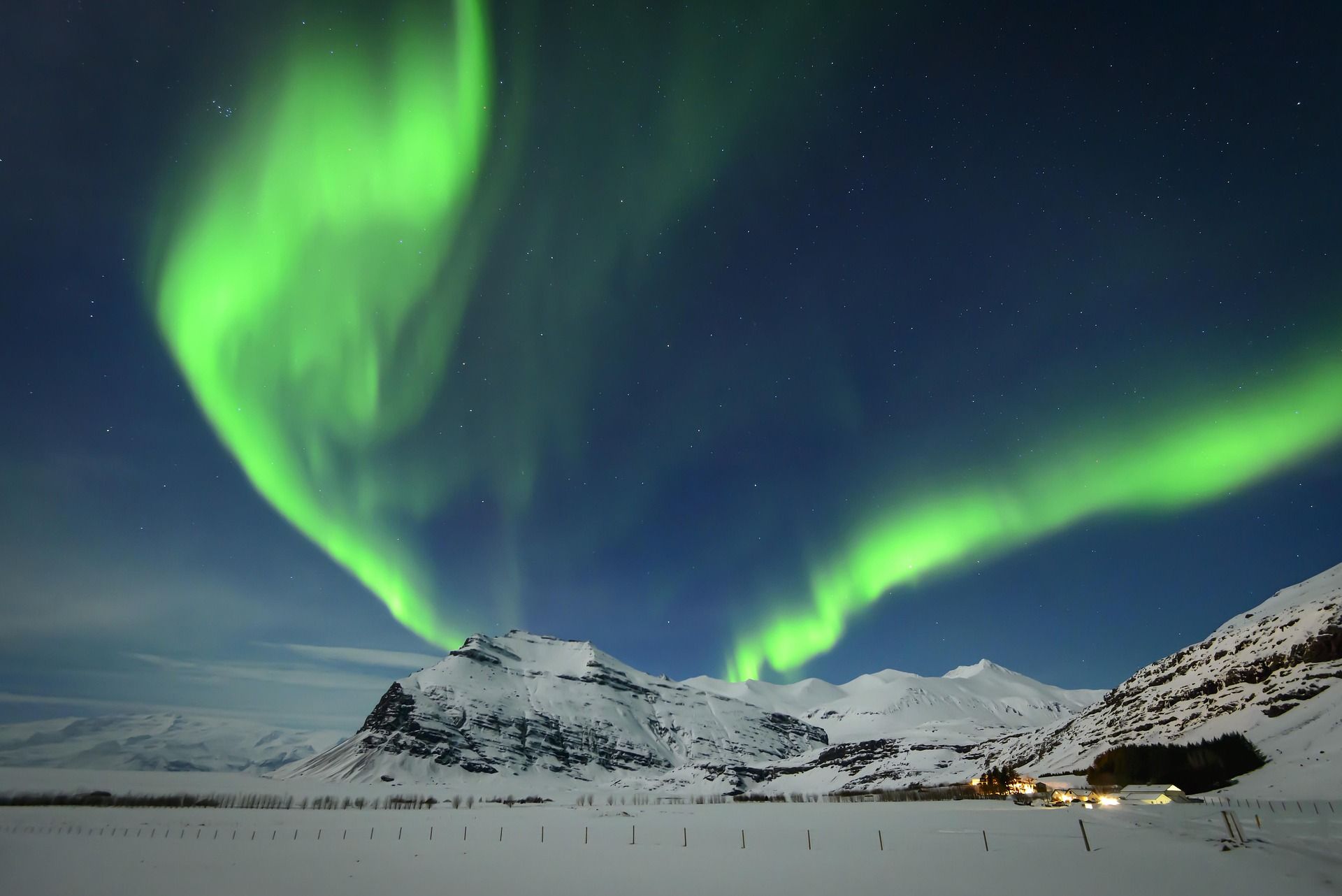SILVERSEA GALAPAGOS REVIEW
Silversea Galapagos Expedition Cruise Review
In this captivating blog post, Rachel vividly recounts her thrilling wildlife encounters and unforgettable experiences during an extraordinary expedition voyage with Silversea Cruises to the remote and enigmatic Galapagos Islands. Situated in the Eastern Pacific, this famed volcanic archipelago is renowned for its unique and diverse ecosystem, making it a truly exceptional destination for nature enthusiasts and adventure seekers alike. Join Rachel and her husband Bill as she takes you on a mesmerizing journey through the untamed beauty and unparalleled biodiversity of the Galapagos Islands.
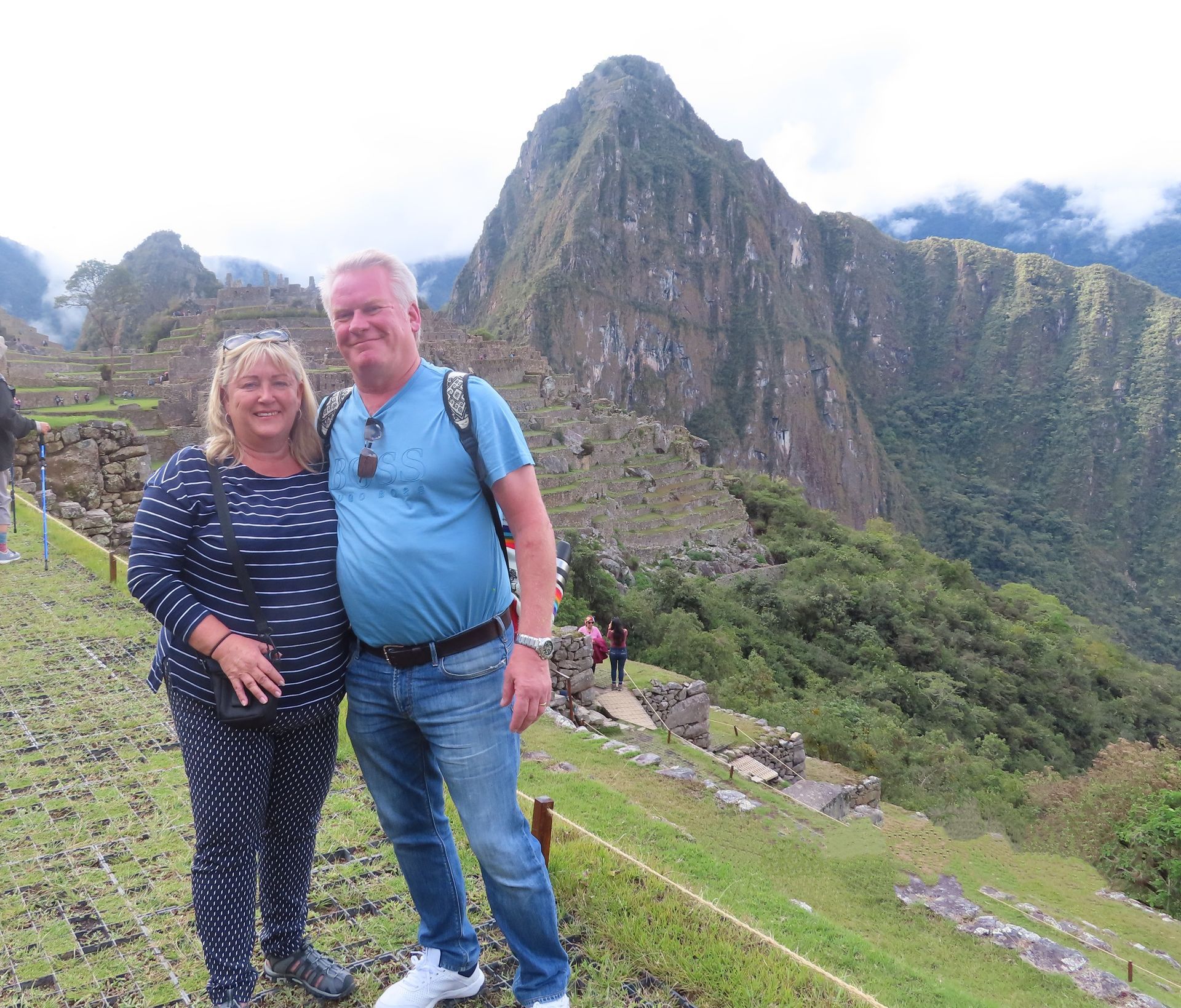
Visiting the Galapagos Islands has always been on the top of our bucket list and so we decided we would book the holiday of our dreams, and it certainly didn’t disappoint. We did a land tour of Peru including Machu Picchu, Cusco, and the Sacred Valley for a week prior to joining Silversea’s Silver Galapagos (which has since been replaced with Silver Origin, the first destination-specific ship built by Silversea and launched in 2020).
Discover the beauty of the Galapagos Islands with Silversea
Baltra, Galapagos
We flew to Baltra Island, 600 miles off the Ecuadorian coast. Whilst the island is part of the Galapagos archipelago, it is not actually part of the Galapagos National Park, but with its Seymour Airport, it is a useful gateway to the world-famous UNESCO site. From the jetty we were taken by Zodiac to the ship, while our luggage followed on the Zodiac behind. A warm welcome from the crew and a glass of Fizz before we are shown to our suite.
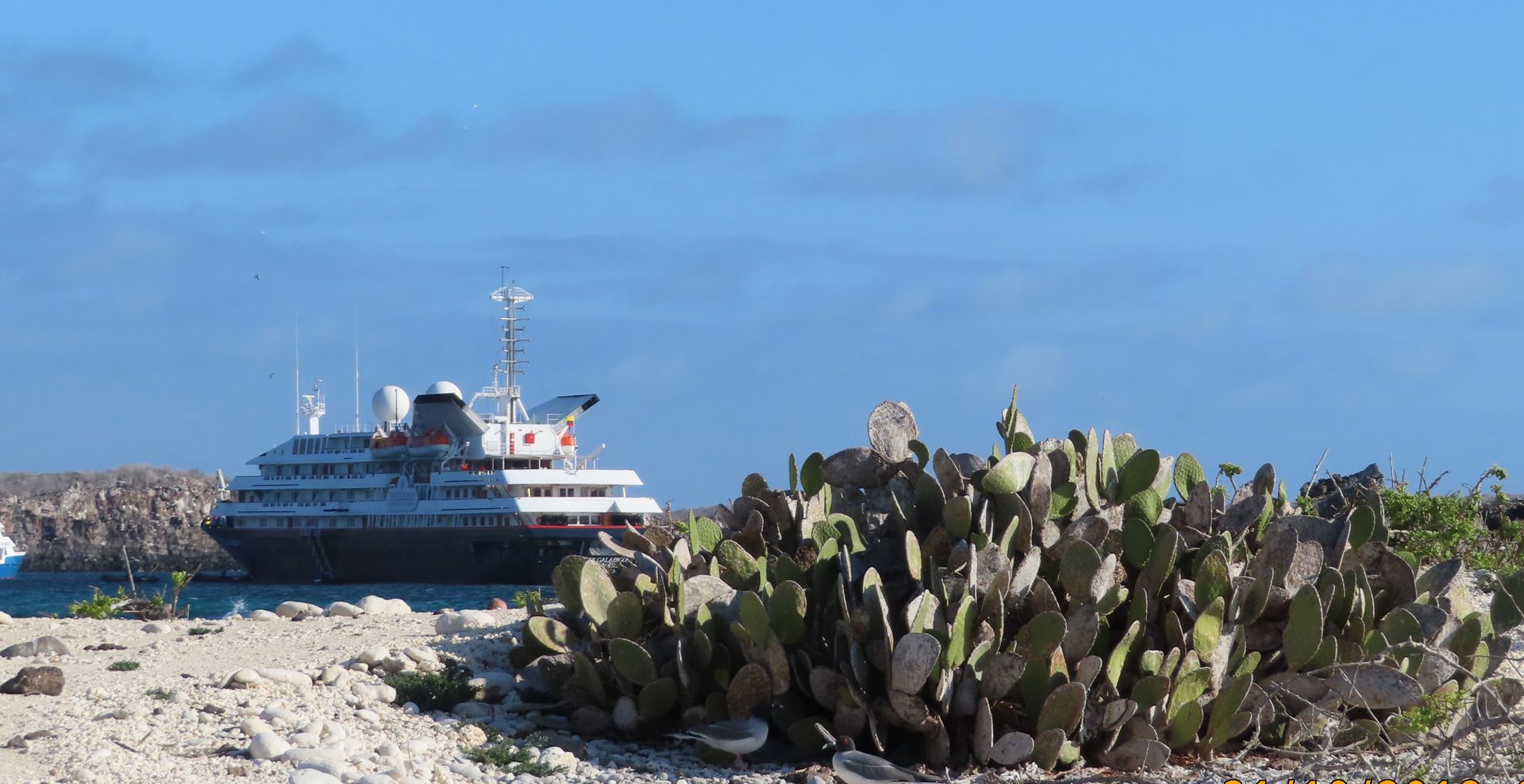
Expedition cruising in the Galapagos
As this is an expedition ship the suites are not generally as large as a suite on an ocean cruise ship; expedition cruising is totally different in many ways. Smart casual is the dress code for evenings and very relaxed (more so than most traditional ocean cruising), while food and service, of course, remained top notch, as you would expect from Silversea. Breakfasts and dinners were served in the restaurant, however lunch was always on deck, which we loved as we didn’t want to miss any wildlife!

Wetsuits are provided, which we collected and took back to our suite to try on. This was hilarious as neither of us had ever worn wetsuits, flippers and snorkels, even more hilarious was when our butler called at our cabin, Bill answered the door fully suited and flippered, and it gave the butler a good laugh!
Setting sail
Our first afternoon onboard we set sail on a cruise around Daphne Major, a volcanic island devoid of trees and only scientists are permitted to land on this island. Sailing slowly around the island we had our first glimpse of the island’s birds. Early evening, we sailed to Santa Cruz Island whilst enjoying a luscious ‘hot rocks’ dinner on the outside deck, watching the sunset. Silversea are, of course, famous for their ‘hot rocks’ steak experience, and it’s ubiquitous across the fleet – even their expedition ships.
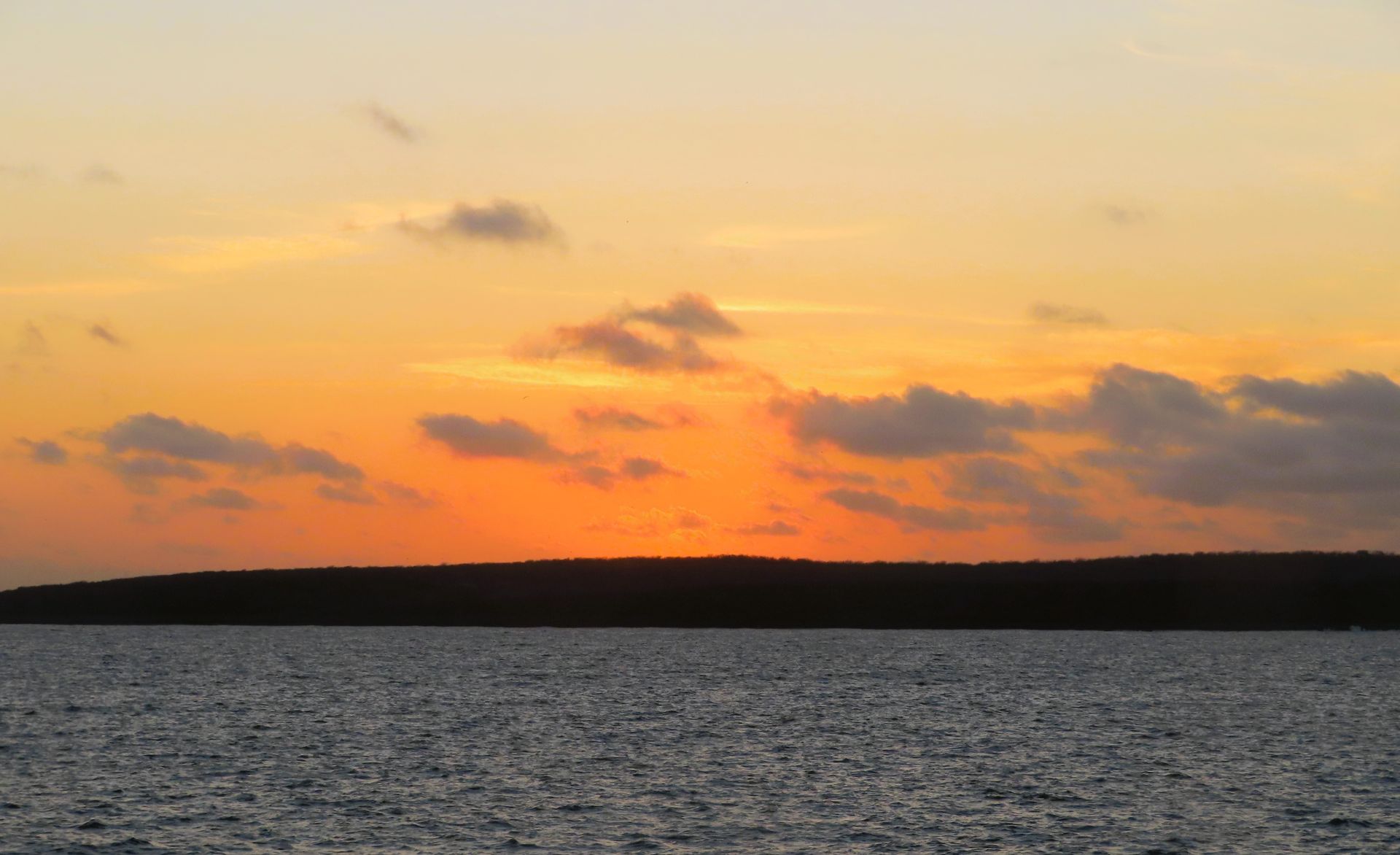
A typical day on a Silversea Galapagos expedition
You should expect early mornings going ashore. Most days we left the ship at 07:30, as there is a lot to fit in at each island. A ‘typical’ day (or as close to a ‘typical day’ as you could expect on an expedition cruise) would be: morning exploration, back for lunch, and then out again in the afternoons. All trips to shore are on a ‘panga’ - inflatable motorised dinghies, usually carrying up to ten passengers and serve as the main transportation.
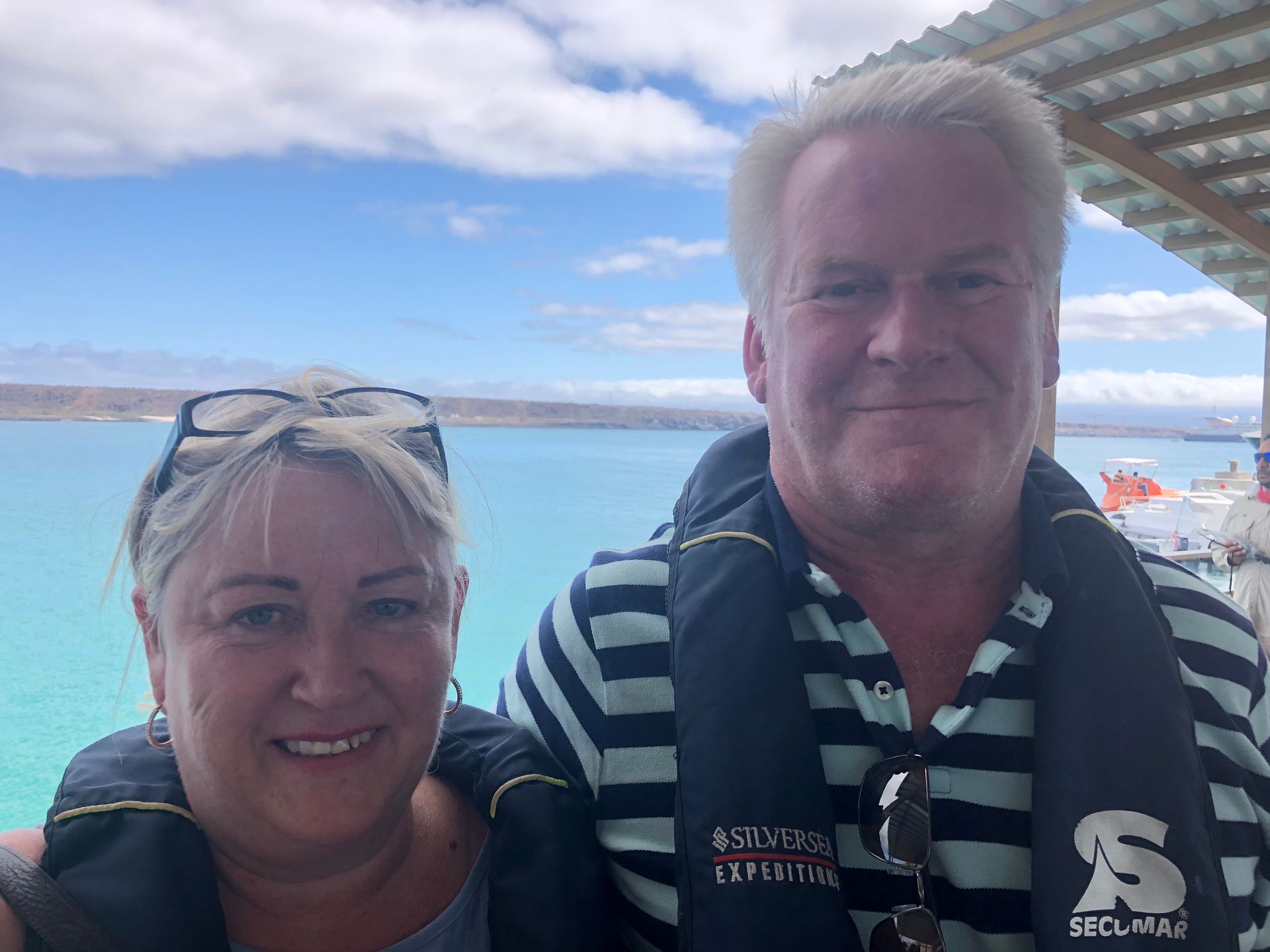
Experience the Galapagos, the Silversea way
Bird Island, Galapagos
Our first landing was Genovesa Island, a horse-shoe shaped island located in the north-eastern region of the Galapagos Archipelago, locally known as “The Bird Island” because of the numerous and varied bird species that nest there.
Our exploration this morning was Prince Philip’s Steps, named after Prince Philip, who visited the Galapagos in 1965, he also visited again in 1981. It is a steep stairway made up of rocks but very manageable if you take your time, and once you reach the plateau the wildlife is truly amazing. Colonies of Nazca Boobies and Red Footed Boobies, an abundance of nests everywhere.
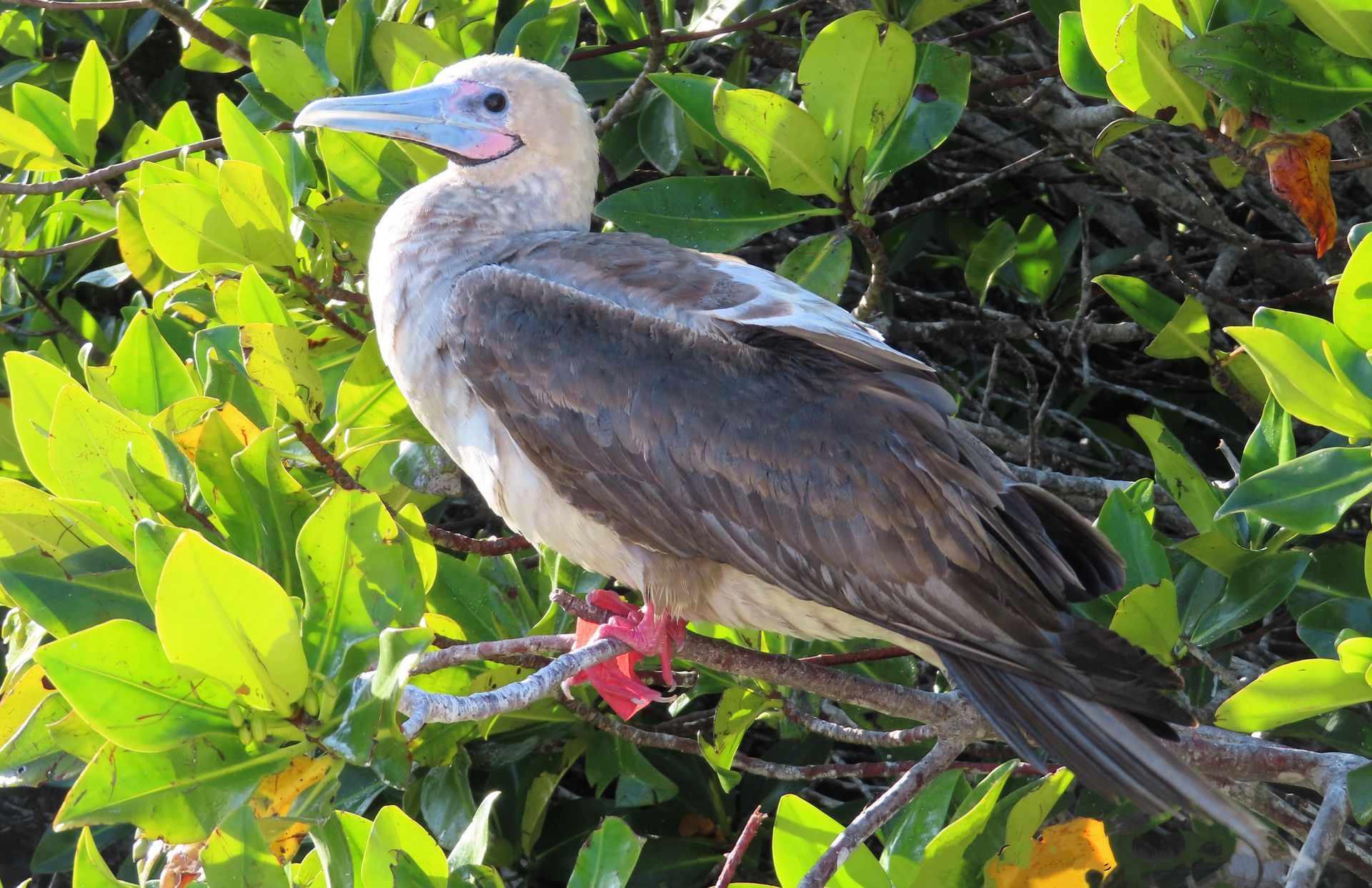
Genovesa is one of the few places in the Galapagos Islands where Red-footed Boobies are found en masse. It became very clear the birds were totally at ease with visitors to the island. The Red-Foot Boobie entertained us as they performed their elaborate greeting rituals, a little dance or two, it was mesmerising.
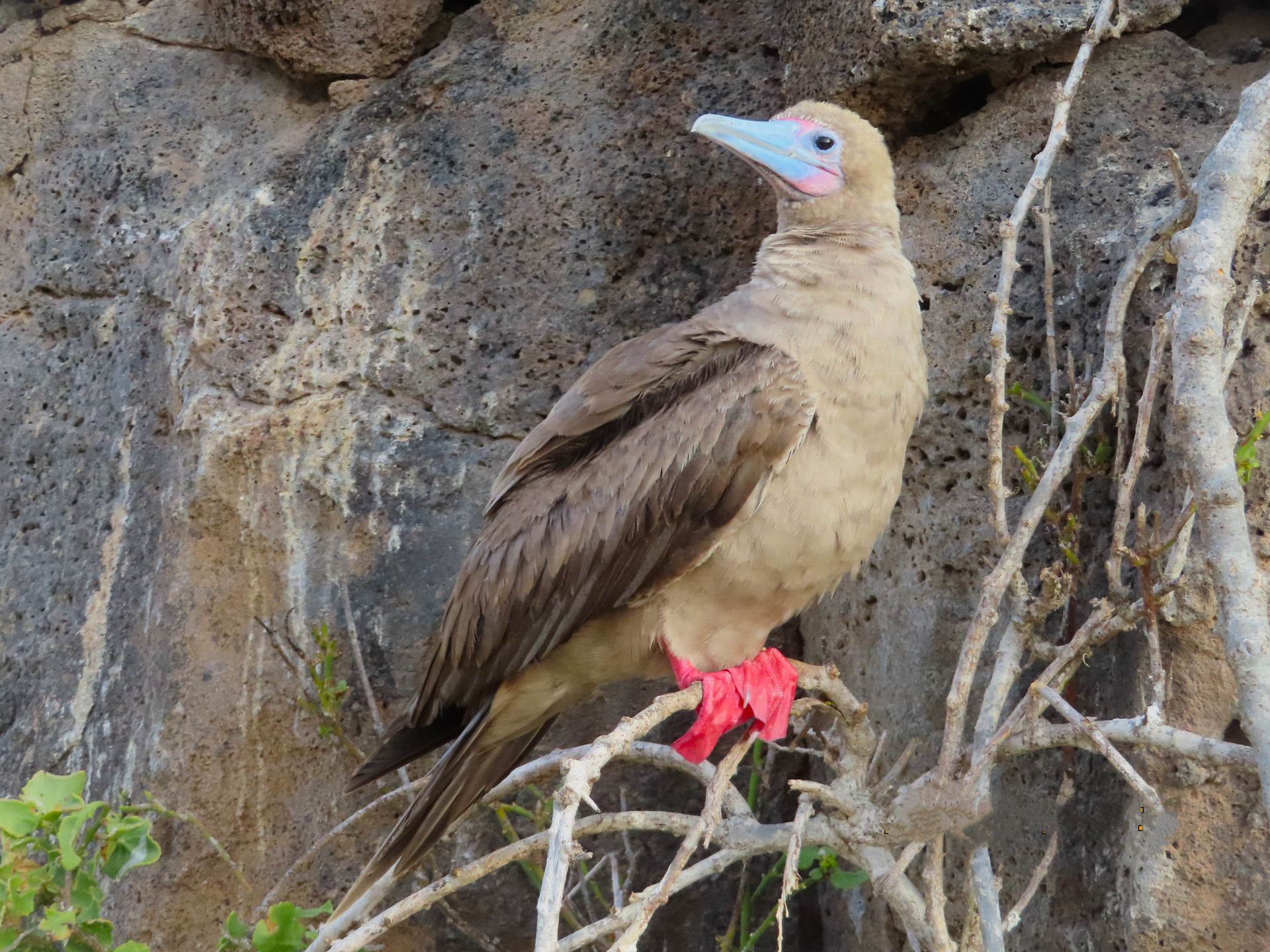
It wasn’t just on the ground, the skies were full of Red Billed Tropicbirds and Wedge -Rumped Storm Petrels, these Petrels are unique as they are active during the day and return to their nests in the evenings. What a beautiful sight! We also managed to find a Short-Eared Owl tucked away in the rocks, a lucky find!
Snorkelling in Darwin Bay, Galapagos
The afternoon, the day of reckoning! Snorkelling in Darwin Bay. Dressed in our Snorkelling clobber, the Panga look us to the stunning sand and coral, Darwin Bay. This was a ‘wet landing’ – (no, we didn’t fall out of the Panga; a ‘wet landing’ was planned!) and relieved to say it was very easy to get out: as you are sitting on the sides of the Panga, you simply turn around and slip in the water, which is around knee height. Even at 4 foot 9 inches with short legs it was very easy and getting back on was simple as well.
Now for some snorkelling, despite being quite a good swimmer (in pools) I have to admit I am scared of the sea, seaweed and fish, this comes from a time when I was younger and got tangled in a mass of seaweed on the Isle of Wight! Before we came away, I said to Bill, if I am going to snorkel anywhere in the world, it would have to be the Galapagos.
Flippers and masks on we walked slowly backwards to the water’s edge, that was the hard part. As we got to knee height I said to Bill, I will either enjoy this or have a heart attack. I finally got to the stage where it was deep enough for me to bob down and see what was below.
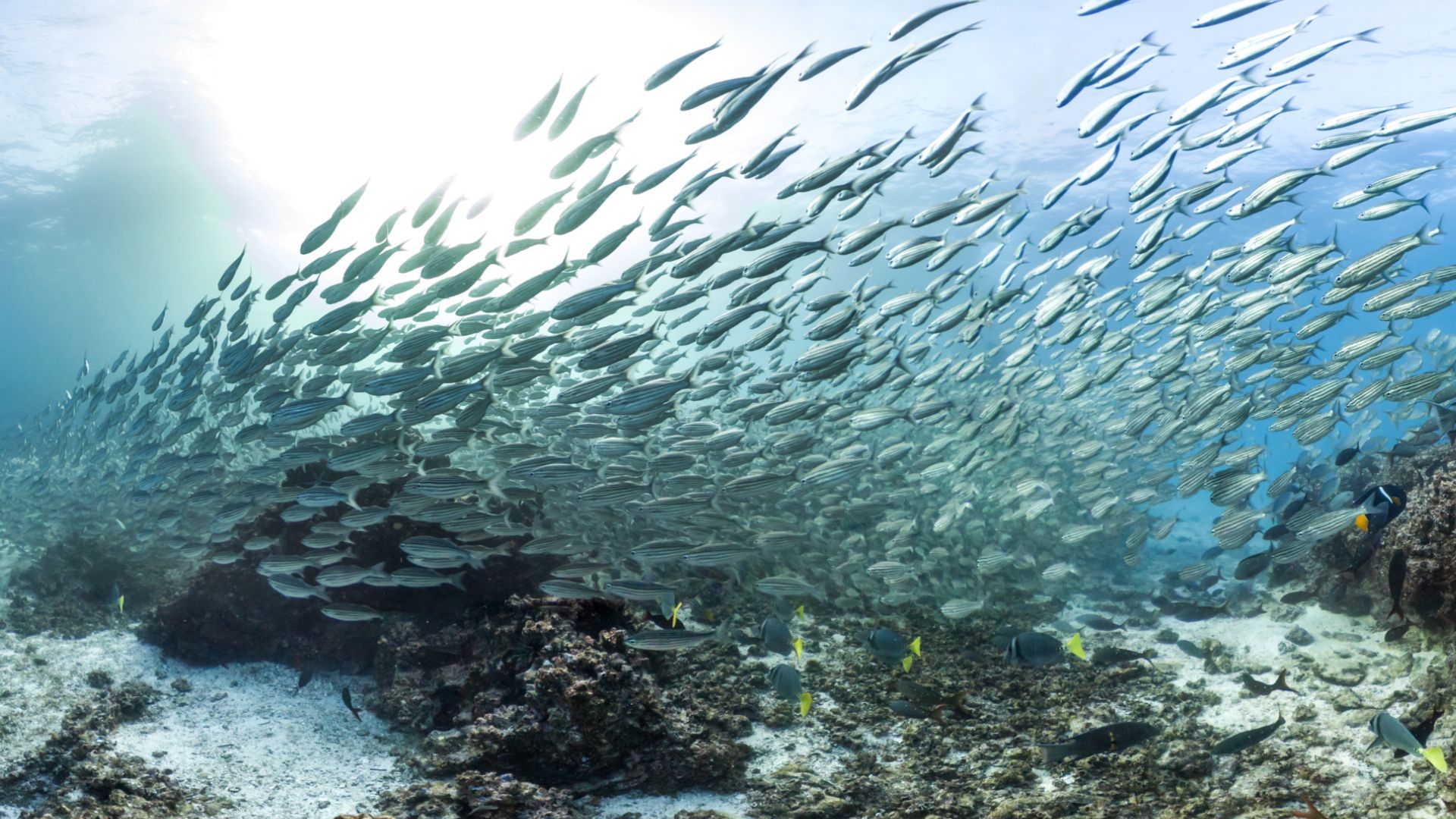
Wow, just wow, the abundance of beautiful fish of all colours, including a ray, was just amazing and I forgot all about my fears. The absolute highlight was when a baby seal swam up to me and looked directly into my mask before swimming away, luckily, I caught this magical moment on my Go Pro, and I treasure this video.
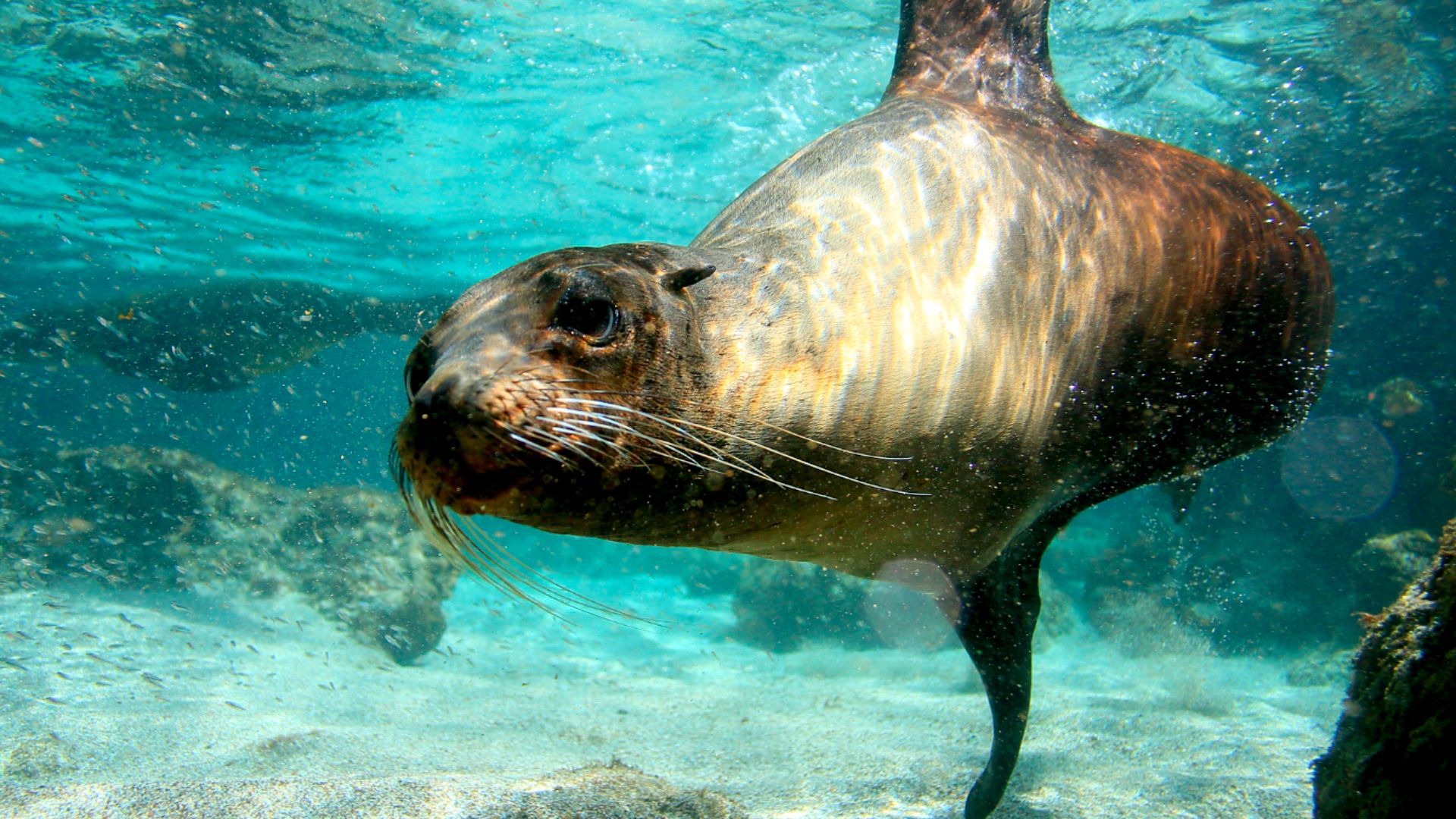
North Seymour, Galapagos
North Seymour, a small island at just .73 square miles, although small has plenty of wildlife. We enjoyed a long nature trail where we saw Blue Footed Boobies perform their courtship dance, and an abundance of Frigate Birds, both varieties, the Magnificent and the Common, resting in the trees. Flying Frigate birds gave a wonderful show, with their bright red puffed out throats, like red balloons.
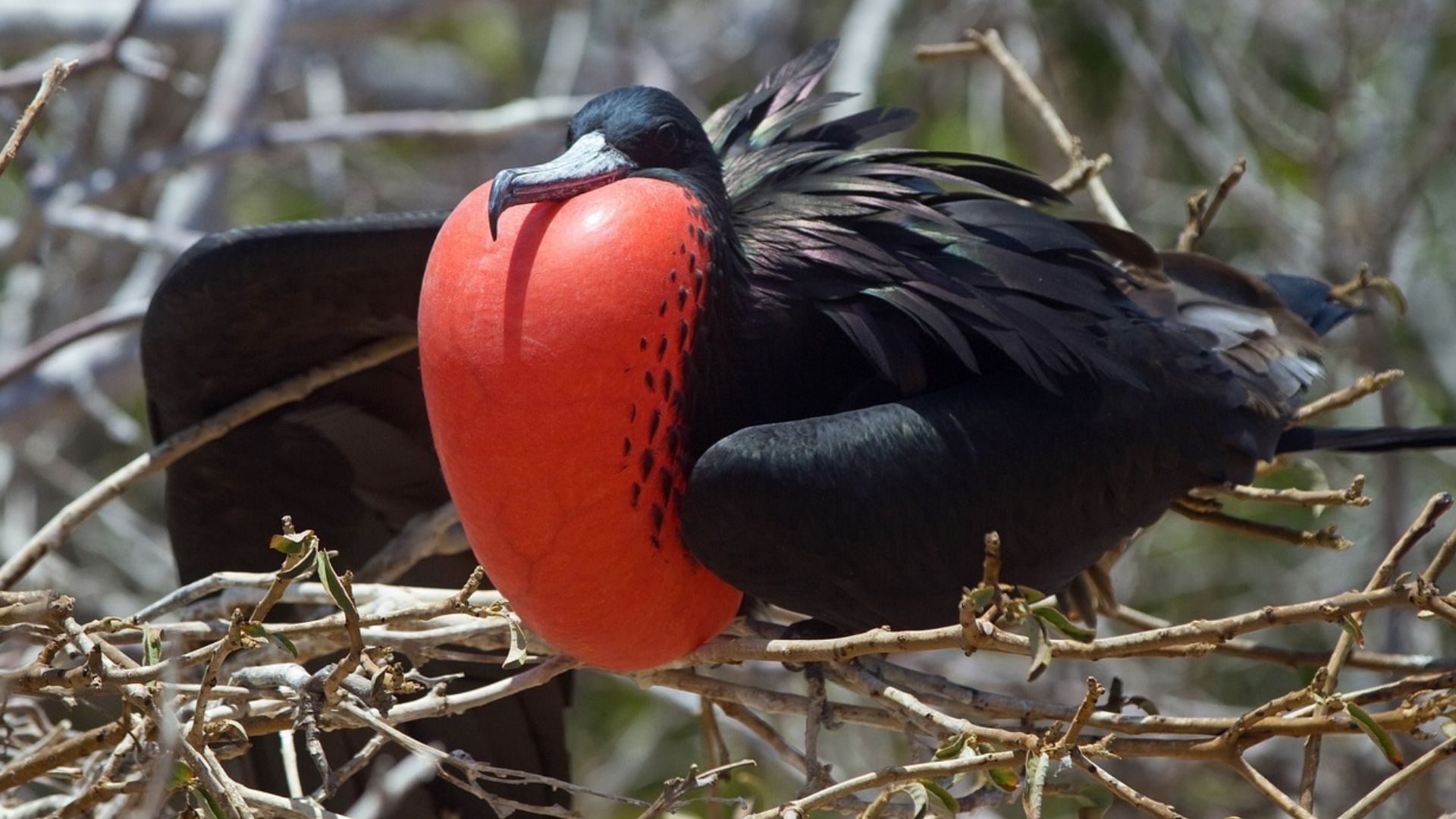
Santiago Island, Galapagos
The afternoon was spent in Sullivan Bay which is situated on the eastern coast of Santiago Island. We had a dry landing onto lava rocks, and the landscape of black lava fields is how I imagine landing on the moon would look like. It’s a totally different landscape and hike compared to the other islands. As this is a lava trail, the ground is very smooth in places and can be slippery, and at the same time you have to be mindful of your footing as there are some very sharp pieces of lava; a sturdy pair of shoes is a must. As we moved inland the landscape changed and you start to see green growth emerging from the lava cracks. Halfway through our walk we came to a lovely little sand bay where Sealions were playing around in the water. There was a baby Sealion all on its own, lying by the rocks just staring at me. I decided to stay here while the rest of the group carried on with their hike whilst I chatted to the little Sealion!
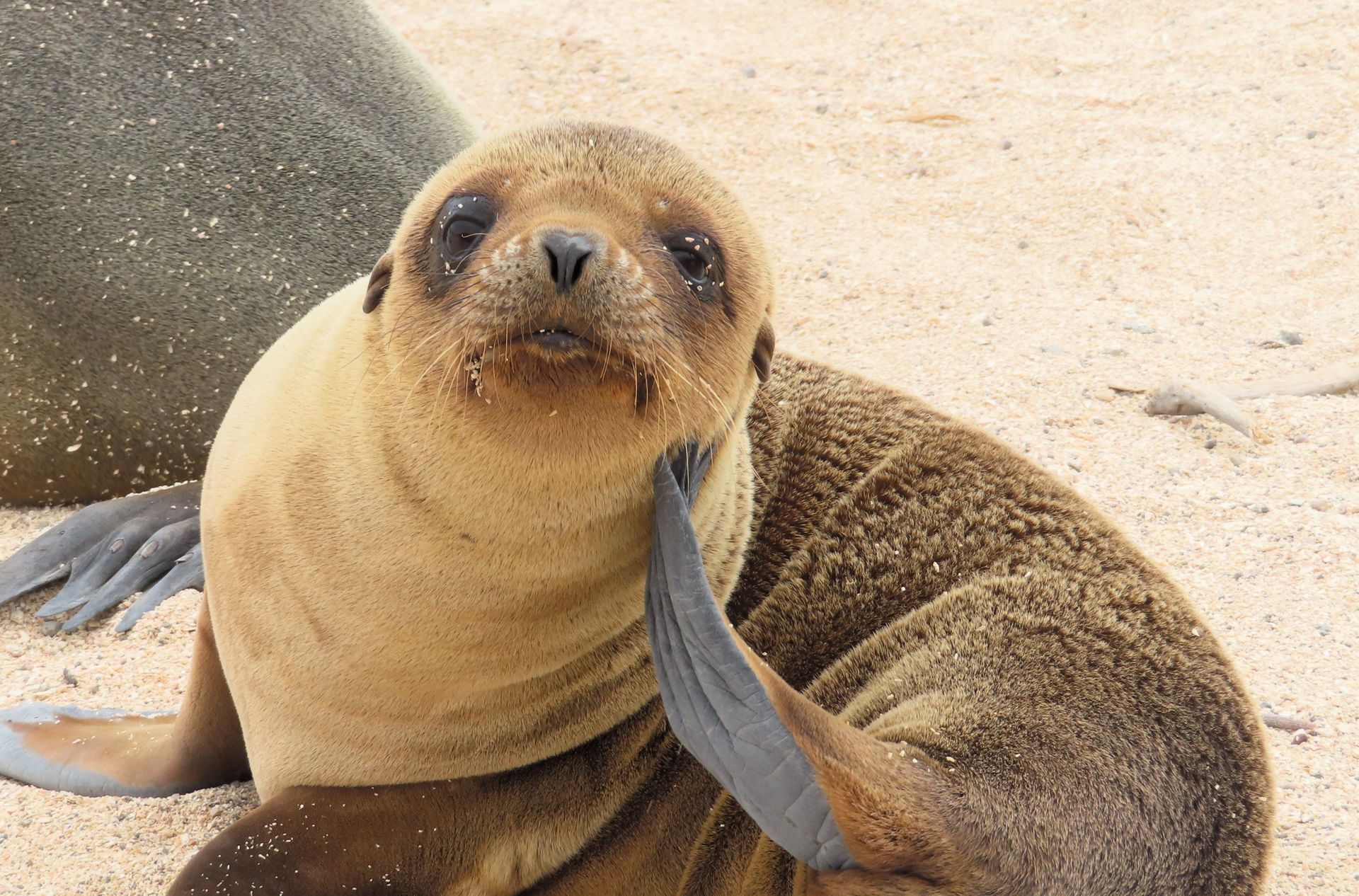
Rabida, Galapagos
All the islands we visited were very different and Rabida, was no exception. The red island lies at the very heart of the archipelago and is the most diverse in terms of volcanic activity. The red sand beach has a large sea lion colony and a nesting colony of Pelicans. On this island you will also find finches (which ultimately were perhaps the most pivotal in developing Darwin’s understanding of the theory of evolution), Galapagos Doves, Yellow Warblers and mockingbirds. We spent a couple of hours walking around this island, part of the landscape was scattered with gigantic Opuntia cacti, Palo Santo trees, and scrubby bushes.
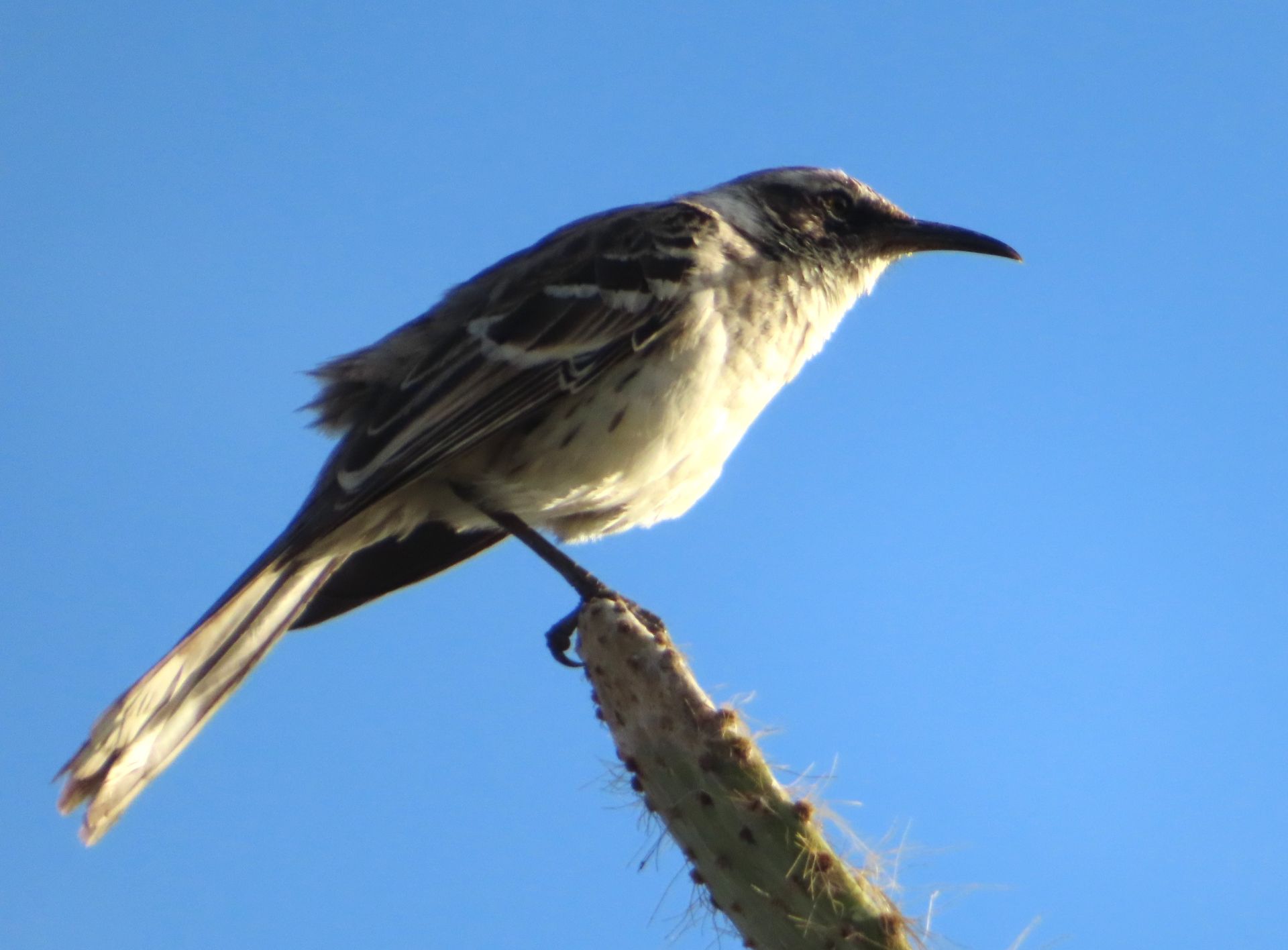
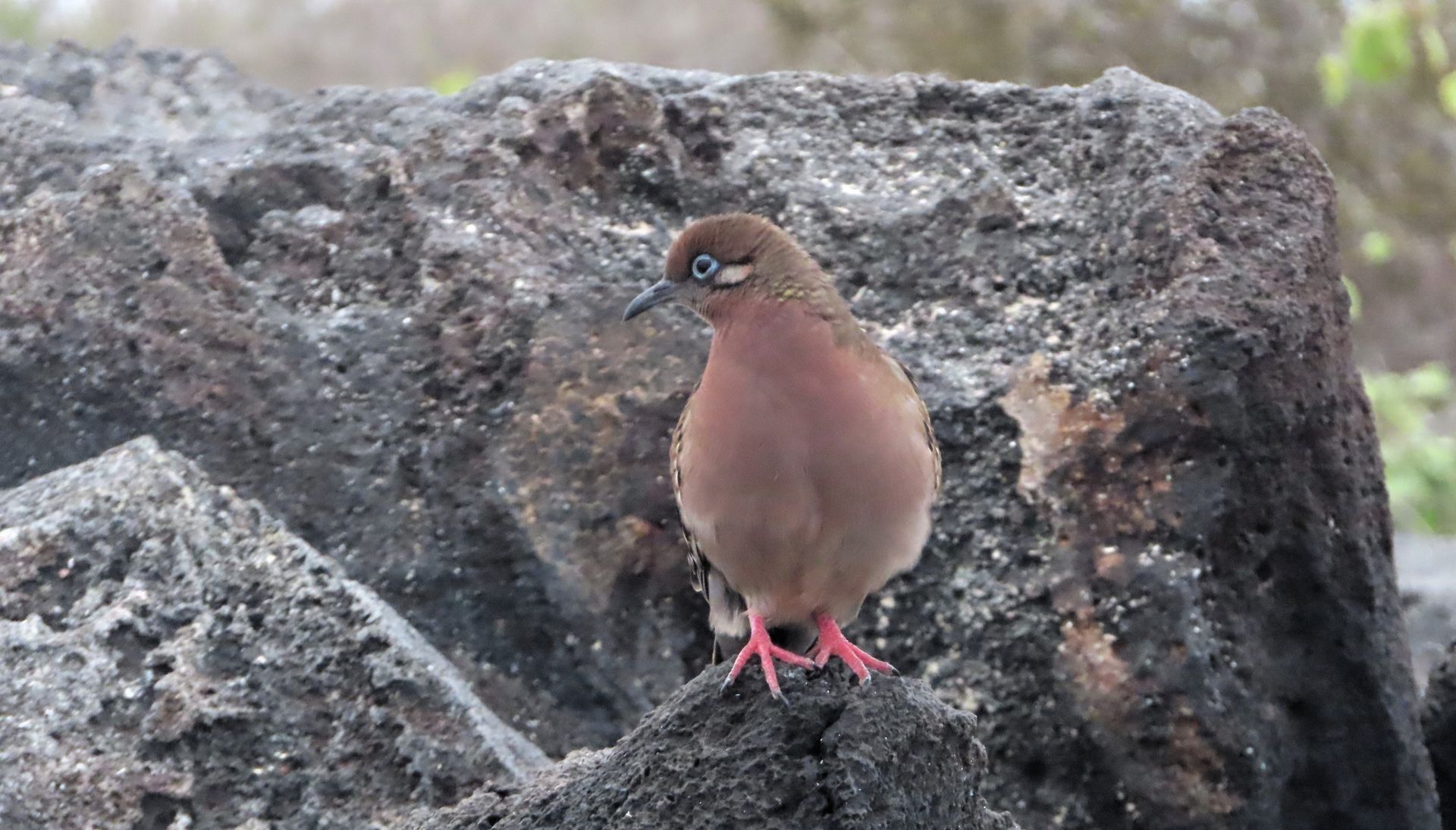
Behind the beach is the saltwater lagoon, the feeding and breeding ground for Flamingos. Apparently, the numbers have varied over the years and some years they haven’t been spotted! In the afternoon, Silver Discoverer dropped anchor at Eden Islet, Santa Cruz, where you could opt for Kayaking, although with my sense of balance (or lack thereof), we didn’t participate. Instead, we relaxed on the deck with a drink or two, watching the sea lions swimming around the ship.
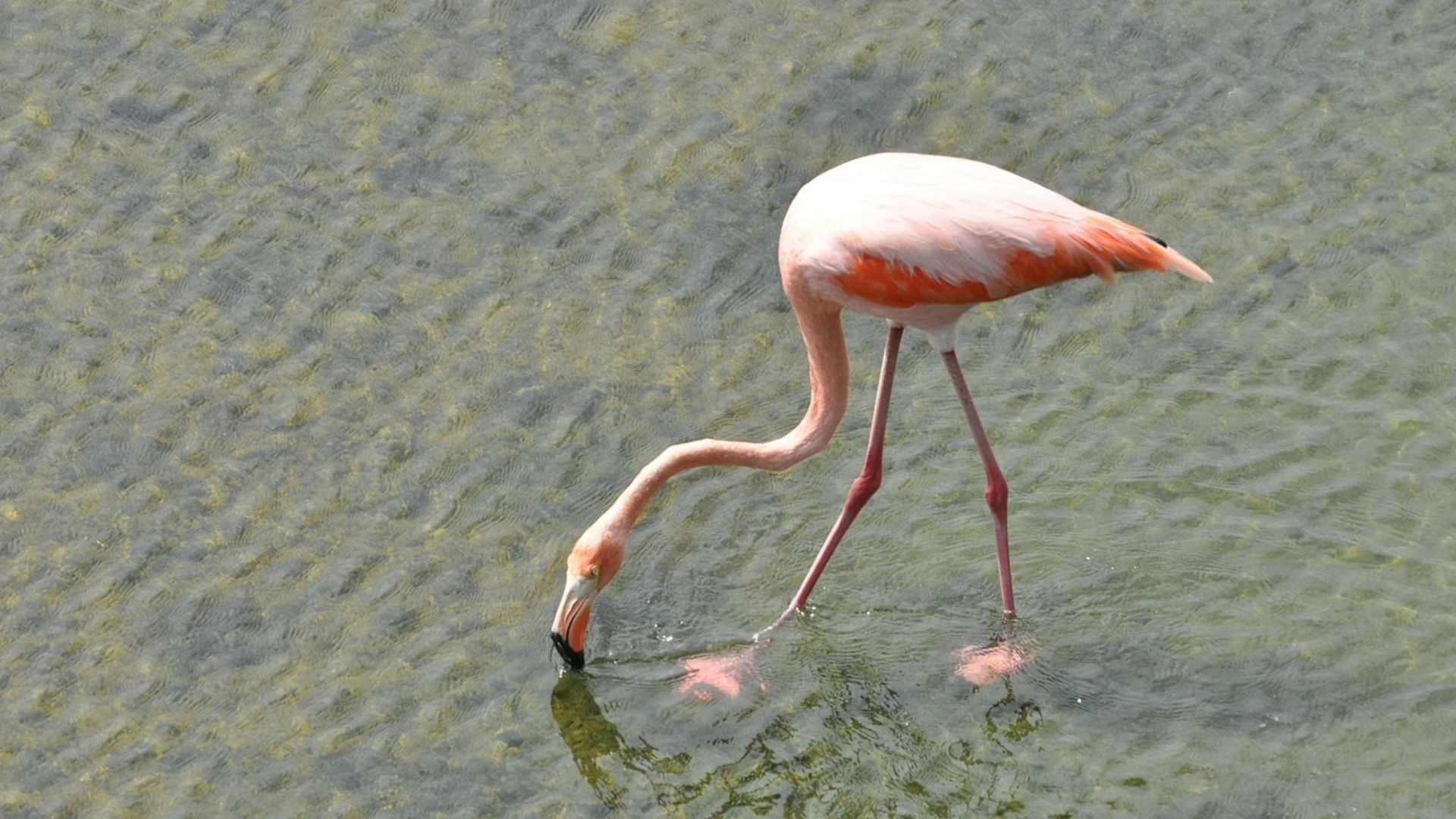
Tortoise Island, Galapagos
Tortoise time! In San Cristobel, the fifth largest and easternmost island of the Galapagos, where we took a 45 minute drive to La Galapaguera (Cerro Colorado) Tortoise Reserve, a man-made breeding centre. As you can imagine there were Tortoises everywhere from very large old ones to little babies. Baby Tortoises are kept in covered enclosures for the first couple of years of their life for protection, until their shells harden, as they are easy prey for large birds such as frigates. The older tortoises are out in the open in a very large area, with plenty of trees for shade.
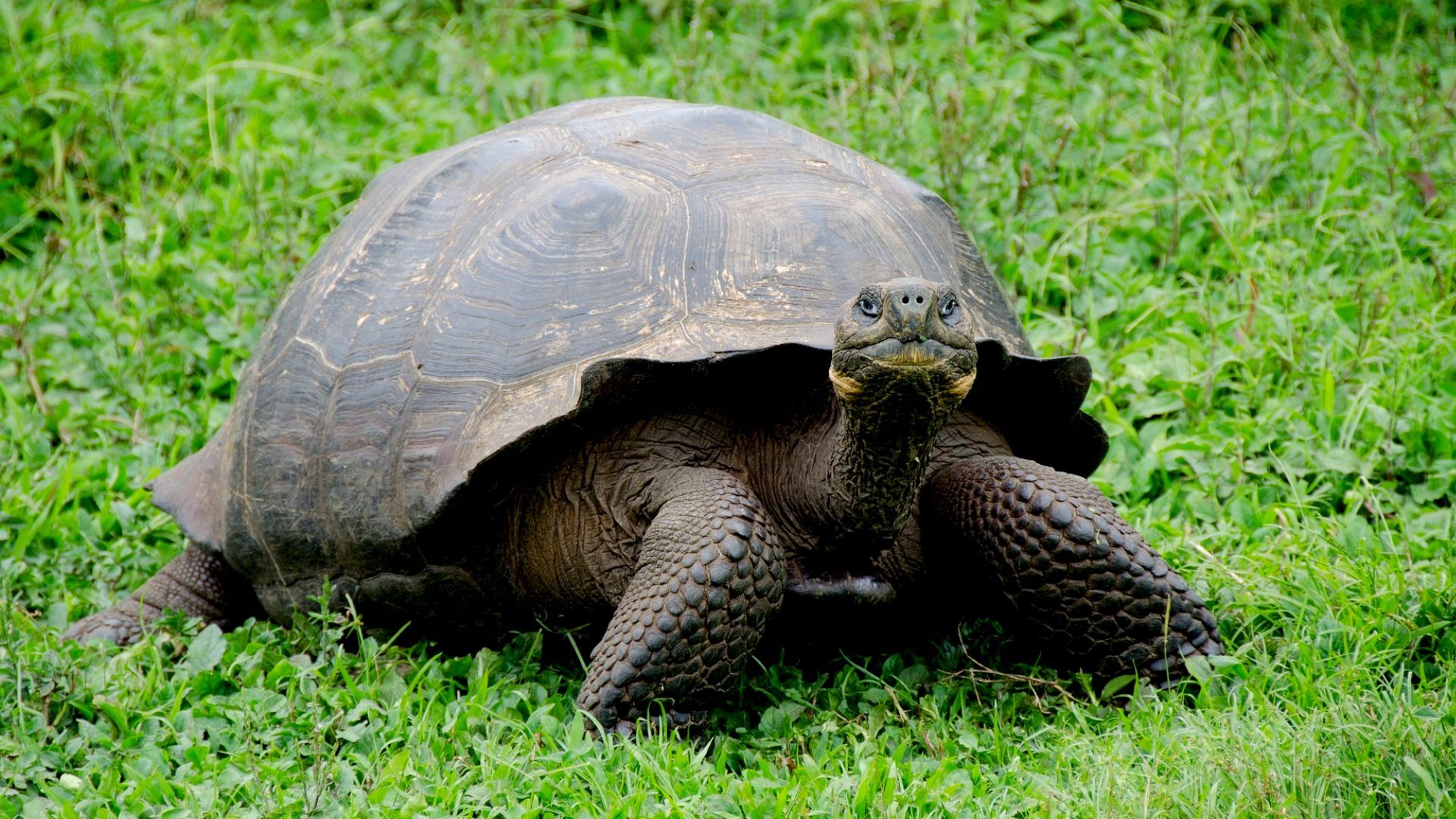
Puerto Baquerizo Moreno, Galapagos
The port area of Puerto Baquerizo Moreno is the capital of the Galapagos province, and we spent a couple of hours here to wander around. It had two main streets, one which runs along the waterfront which has a variety of shops, restaurants, and café bars. This was a lovely area to meander, watching the fishing boats bobbing around with unusual passengers onboard: Pelicans and Sea Lions waiting to pinch the freshly caught fish. Talking of freshly cooked fish we headed back to the ship for another amazing lunch on deck.
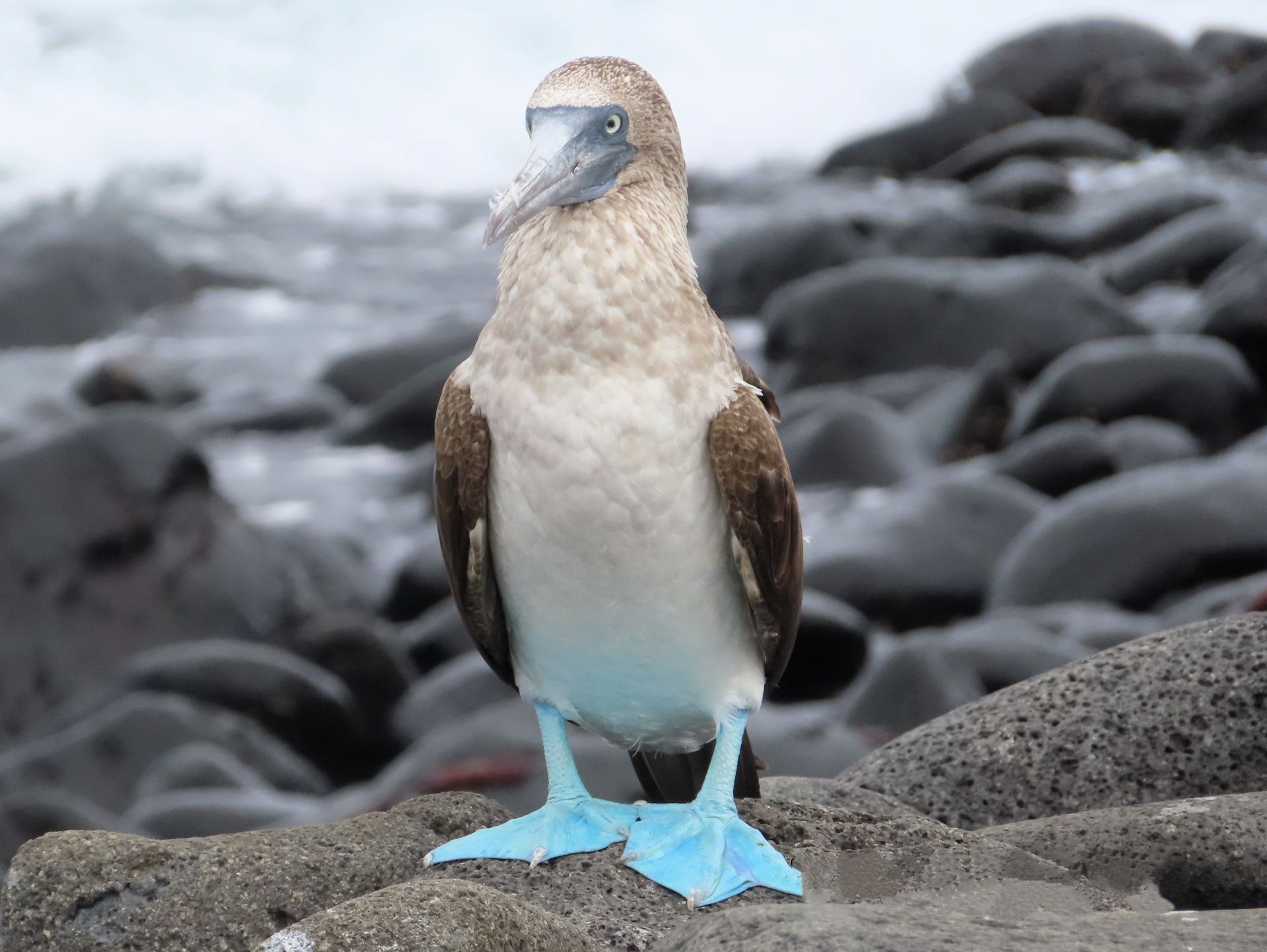
Punta Pitt, Galapagos
As I said earlier in my blog, we visited so many areas of the Galapagos, and after lunch we arrived at Punta Pitt, the far eastern end of San Cristobel. As usual, a wet landing onto a small beach. We were greeted by a bit of a pong as well as the noise of a bachelor colony of barking sea lions. We headed up the cliff to the breeding ground for Boobies, this is the only area where you will find all three species nesting together. We walked up to an area of Palo Santo trees, large yellow-green shrubs, with a backdrop of the red Vesuvius plant, creating a beautiful red carpet.
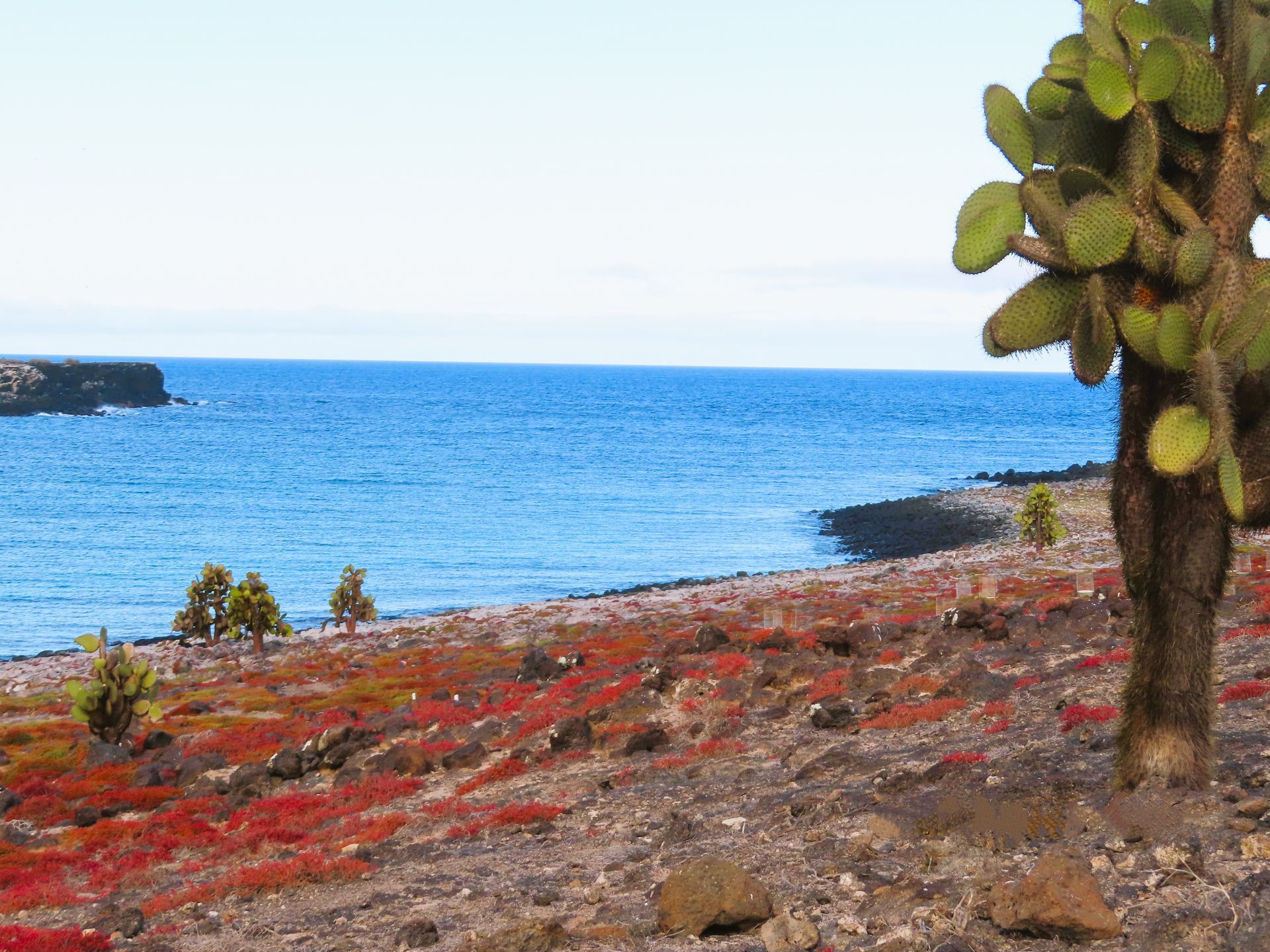
Espanola, Galapagos
Our next island was Espanola, the southernmost of the Galapagos Islands, and also one of the oldest. Geologists estimate it is about four million years old. The area we visited in the morning was Bahia Gardner, a beautiful white sandy beach. This was also another opportunity for snorkelling and yes, I did it again! There was also an opportunity of deep-water snorkelling and Kayaking – I declined, I know my limitations! The guests that went on the deep-water snorkelling came across some much larger fish, including rays.
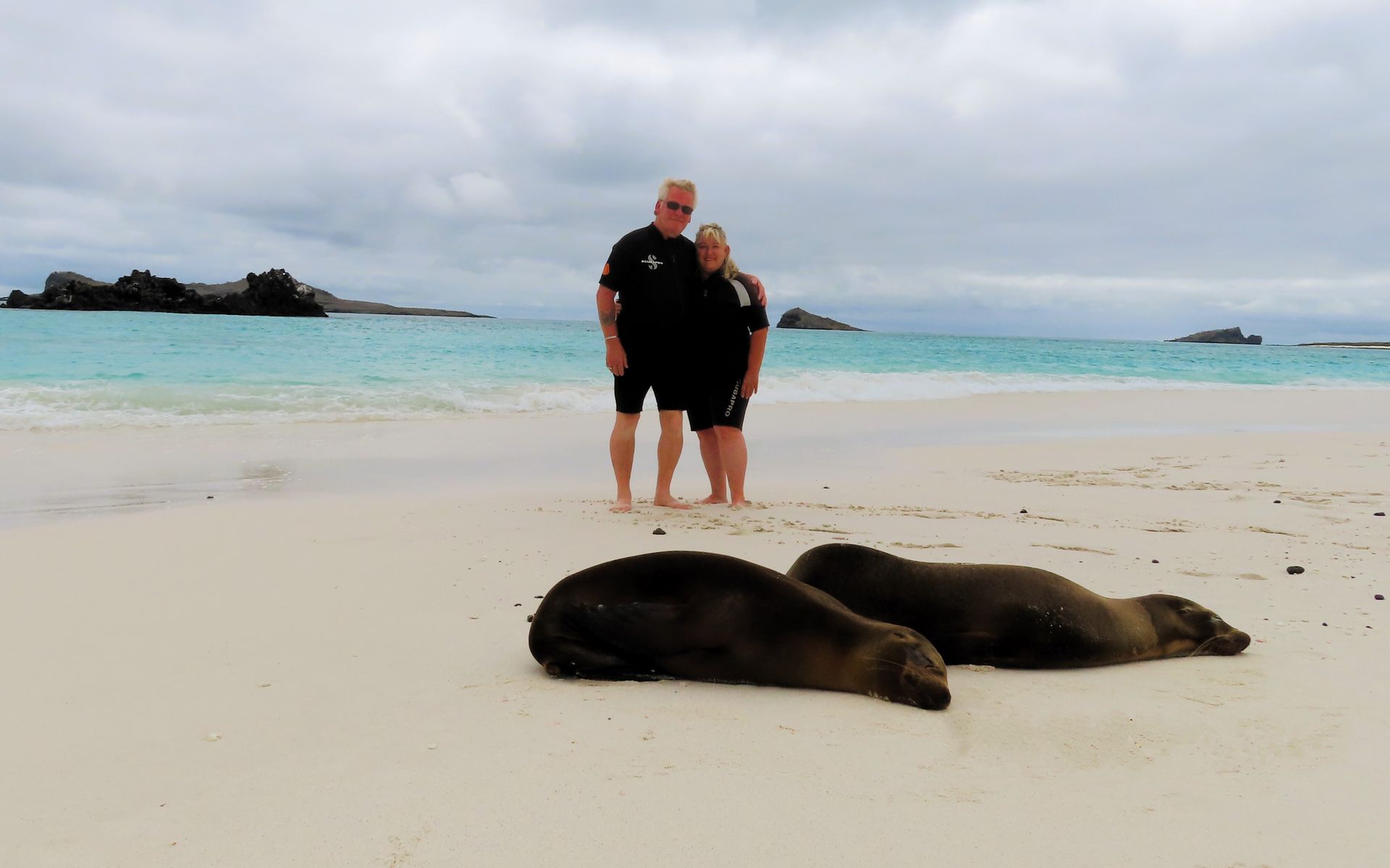
Our afternoon was a dry landing in Punta Suarez (Espanola), surrounded by hundreds of lazy sea lions, you have to walk around them to get anywhere. It was amazing to see the young pups playing in the shallow waters or cuddling up to their mothers. A curious Mockingbird had a good poke around in our bag and did an inspection of our flippers.

Just a short distance from the beach we came across hundreds of red and green marine Iguanas, and red and black iguanas huddled up all over each other on the rock formations, which enables them to keep the heat in and preserve their energy; these marine iguanas are only found on the Galapagos Archipelago. They make funny sounds as they ‘sneeze’ out salt which they have ingested from the sea.
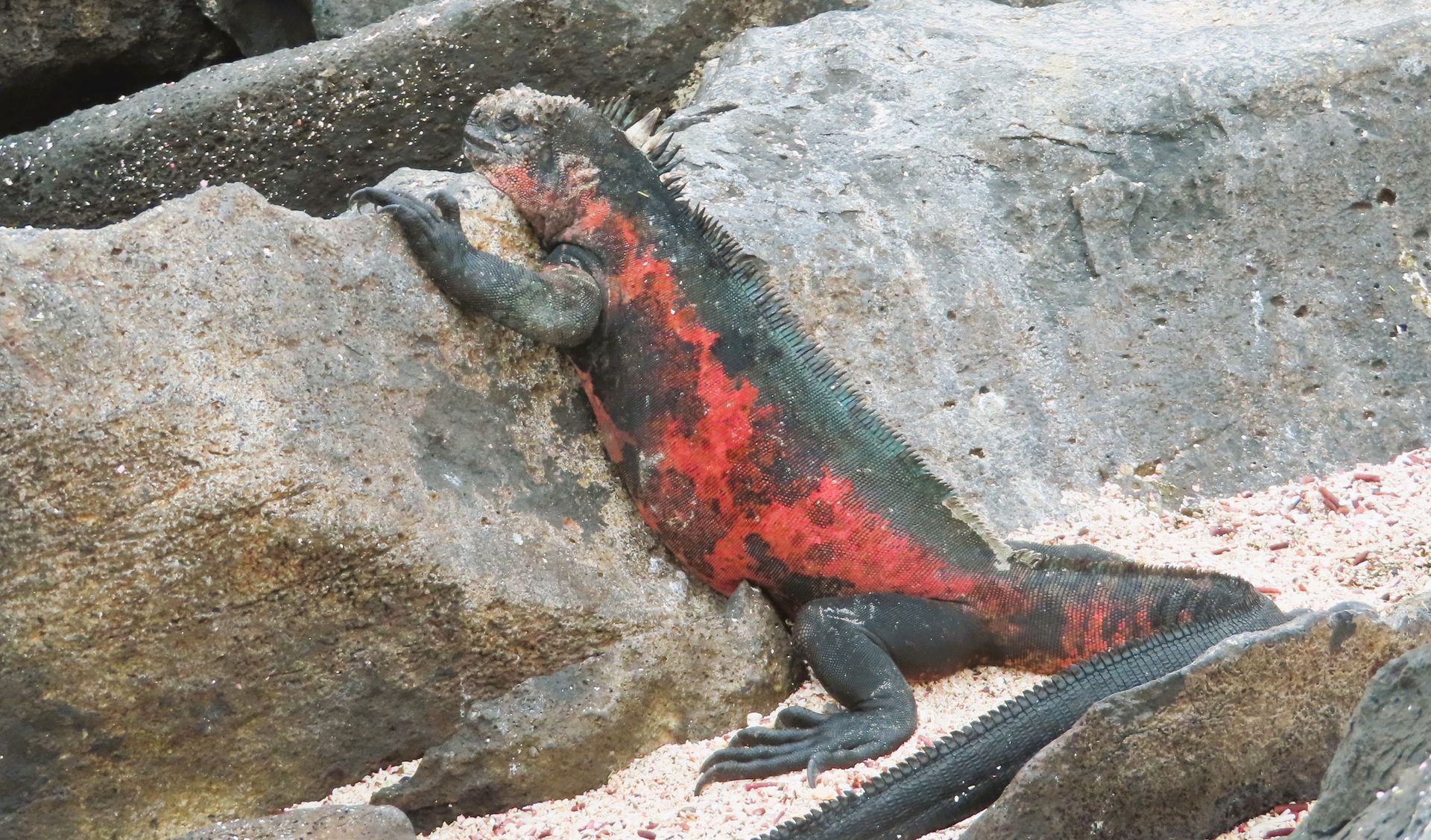
We spotted a Galapagos Hawk perched on the lighthouse, sadly numbers have dwindled over the years and only small numbers are found on just eight islands. Our walking trail led us through the saltbush to some impressive nesting colonies of Blue Footed Boobies and Nazca Boobies and Finches, Hood Mockingbirds and Galapagos Doves, all going about their business.
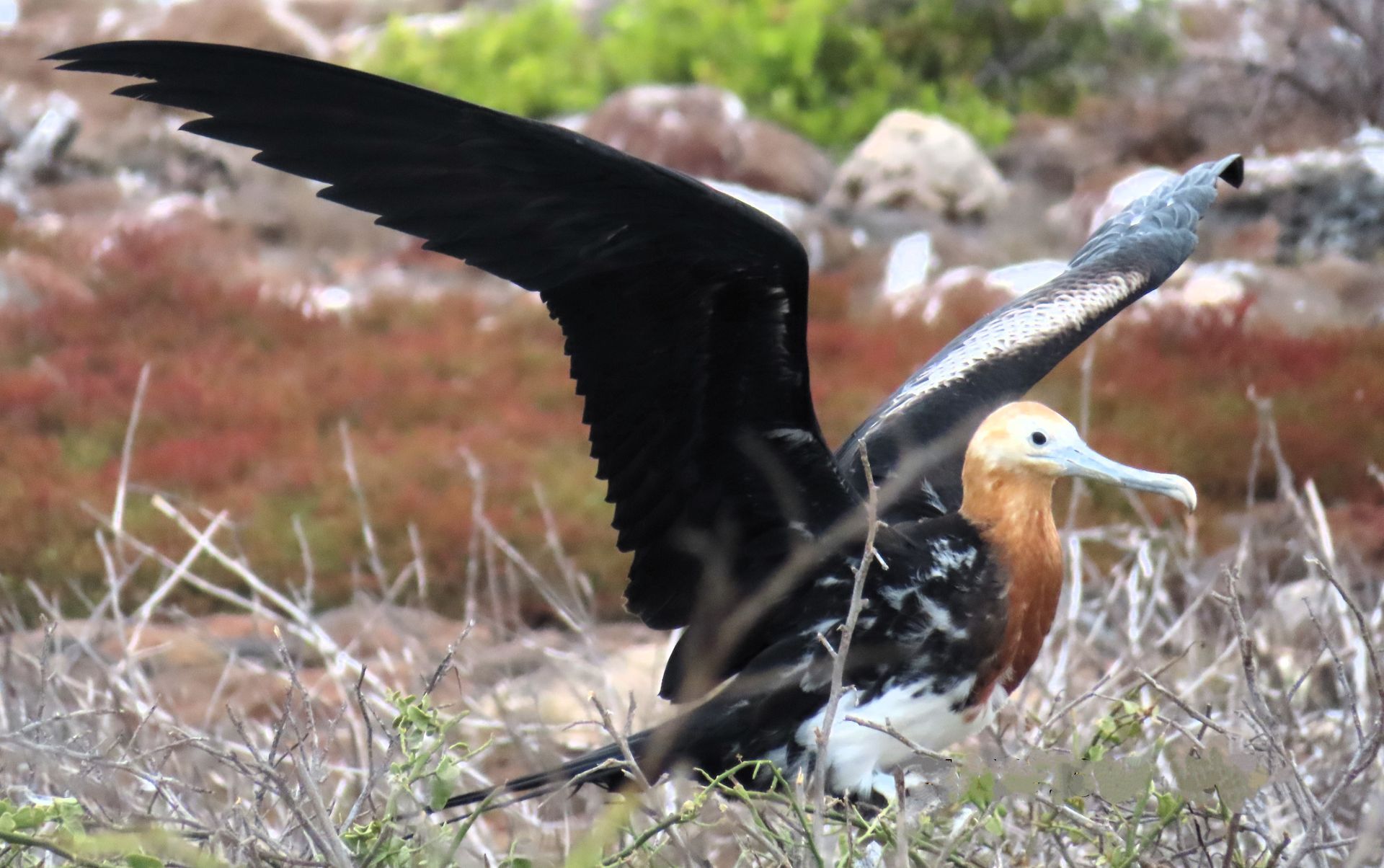
Santa Cruz, Tortoises and Coffee
Santa Cruz, Tortoises and Coffee, what’s the connection you may ask? We visited a coffee farm, called Montemar, founded by Oleas and Roberto Plaza. Initially they purchased a 43 acre abandoned pasture as they were drawn to the giant Tortoises that roamed the area. Turns out the land was the tortoise migration zone where they moved seasonally between Santa Cruz Island’s highlands and lowlands. They soon realised that in order to maintain the cost of their farm and look after the giant tortoises, they would need to find a way of financing the cost of maintaining the tortoises and support the rehabilitation of ecosystems for Galapagos Tortoises. This is where the ‘coffee’ comes in. We had chance to walk around the plantation and as part of our tour, we learned how they make their coffee, we were given cups, spoons and a tasting wheel and of course a few cups of coffee to taste, very delicious and yes, we bought a bag of the Tortoise Conservation Coffee to bring home.
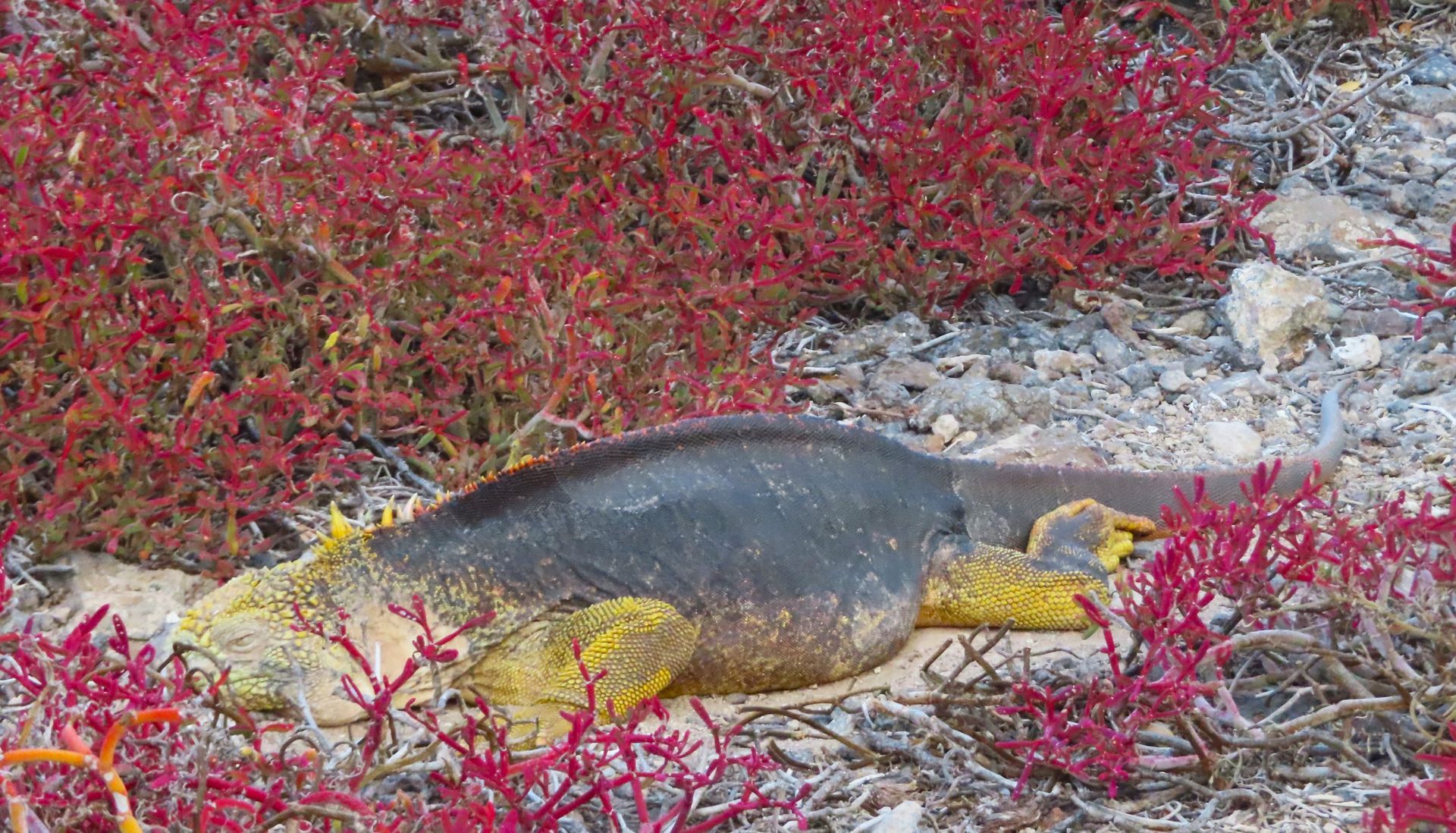
Plaza Sur, Galapagos
Our final afternoon came round far too quickly, and our final stop was Plaza Sur, an island formed by lava up streaming from the bottom of the sea. This tiny island is home to many Sesuvium plants which form a bright red carpet on top of the lava; depending on season, colours can change to green, orange or purple. Dotted around are the prickly pear cactus trees which provide food for the Iguanas. This is the only place on Earth you will find the Galapagos ‘hybrid Iguanas’, due to the fact the land Iguanas and marine Iguanas breeding season overlaps.
My Galapagos Photo Gallery
What to pack for a Galapagos Cruise
Packing for our Galapagos cruise was much easier than ocean cruising, no formal evenings, casual dress in the daytime and evening too. Make sure you pack sturdy waterproof sandals as there are wet landings plus a couple of the islands can be a little slippery on foot initially. Weather was very pleasant, not too hot although it can get chilly out on the Zodiacs towards the end of the day so worth packing a fleece if you feel the cold or waterproof jacket. I take lots of photographs, so I made sure I had spare batteries and memory cards. Handy tip to keep your camera dry, use a shower cap from the cabin!
Galapagos Cruise Review Summary
We were extremely impressed with all the guides, without exception, their knowledge was incredible and so, so passionate about this part of the world, they always had time to answer questions, we never felt rushed, and we learned so much.
The daily briefings on board were excellent and interesting without an ‘overload’ of information, there was always someone around who was more than happy to answer any questions.
Neither of us had snorkelled before however the onboard team gave clear instructions and handy tips, ensured our masks were watertight and ready to go!
The Galapagos had been number one of our bucket list for many years we wanted to make sure we could get the best experience, hence why we opted for Silversea. Our life long dream to visit the Galapagos didn’t disappoint, and far exceeded our expectations, it really is ‘Like no place on Earth’.
To find out more about visiting the Galapagos Islands, touring with Tauck, or cruising with Silversea, contact our travel specialists (or Rachel herself!) today on 01234 326 758 or email sales@selecttravelholidays.co.uk



